Introduction
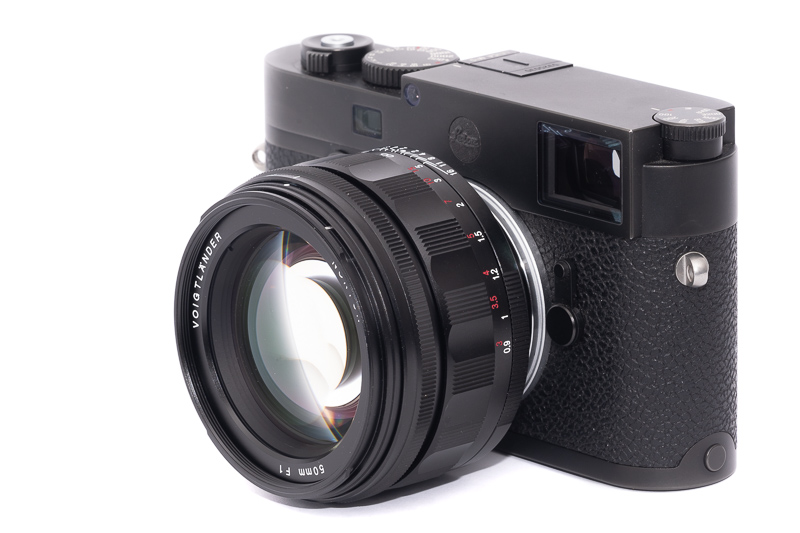
The Voigtländer VM 50mm 1.2 Nokton is a lens, which I always found to hit a sweet spot: a very fast lens that is also sharp with very nice bokeh in a compact package at a still somewhat reasonable price.
This is why I did not expect Cosina to release this more complex Voigtländer VM 50mm 1.0 Nokton so shortly after.
Going by price and technology (grinding aspherical, floating elements) this is Cosina’s flagship fullframe lens, so let’s find out what it is capable of in this review.
This lens will be reviewed on the 42mp Sony A7rII and the 24mp Leica M10.
Sample Images
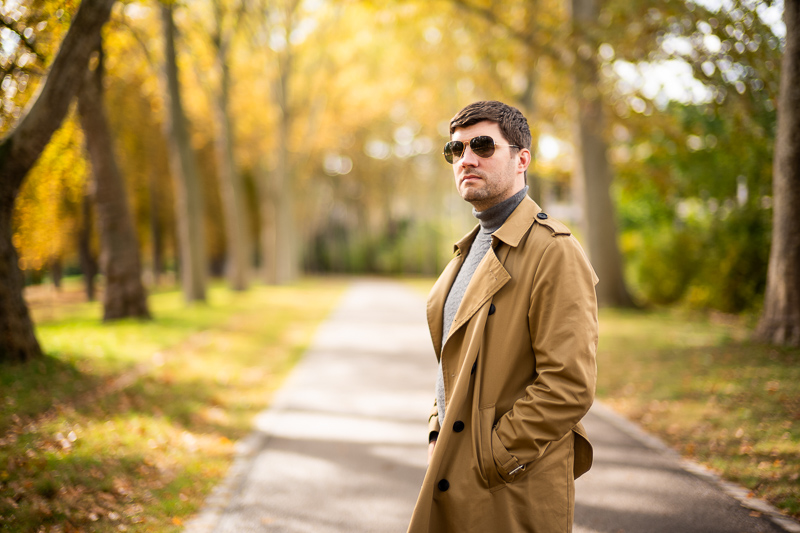
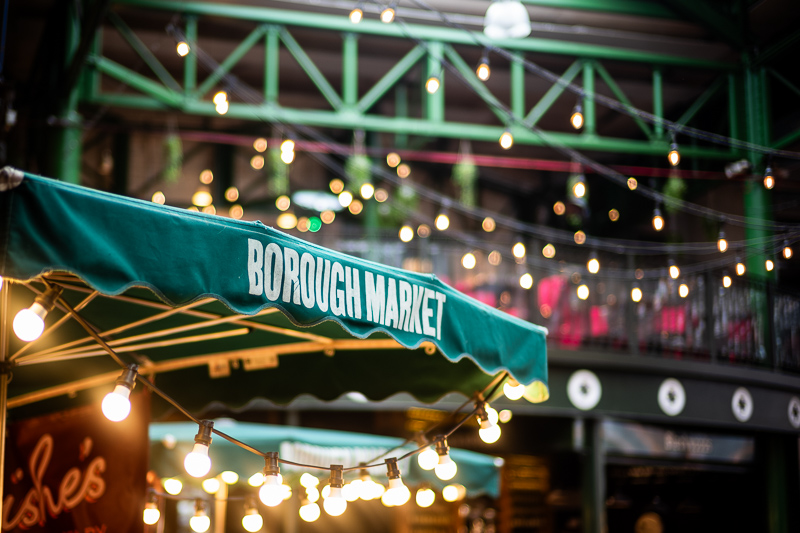
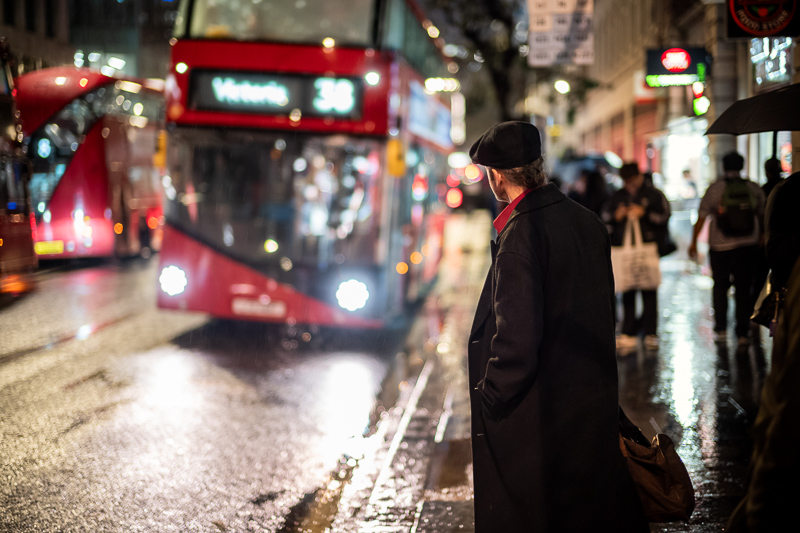

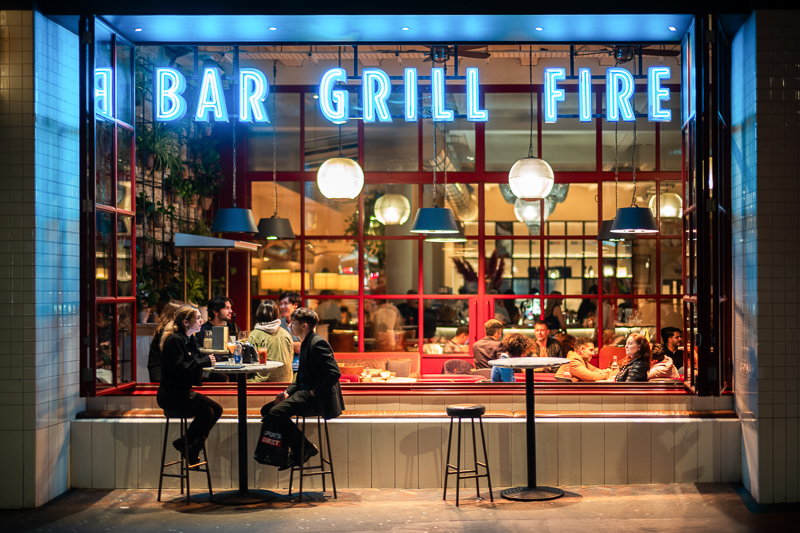
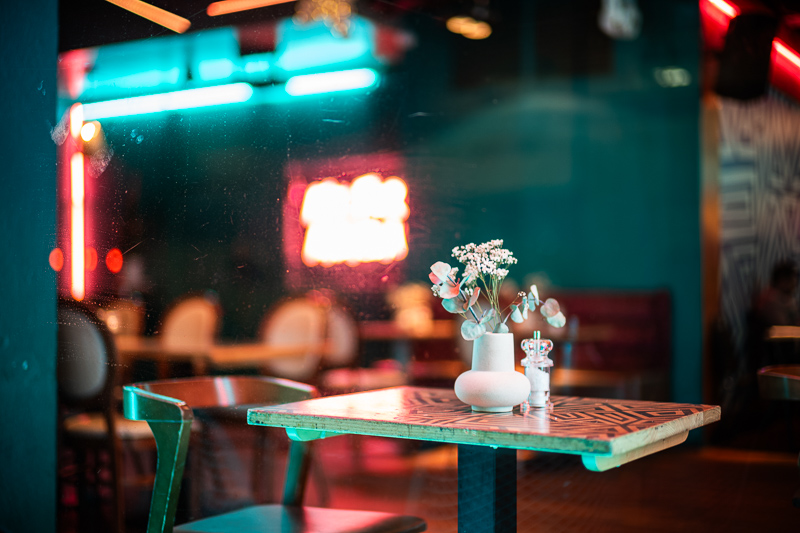
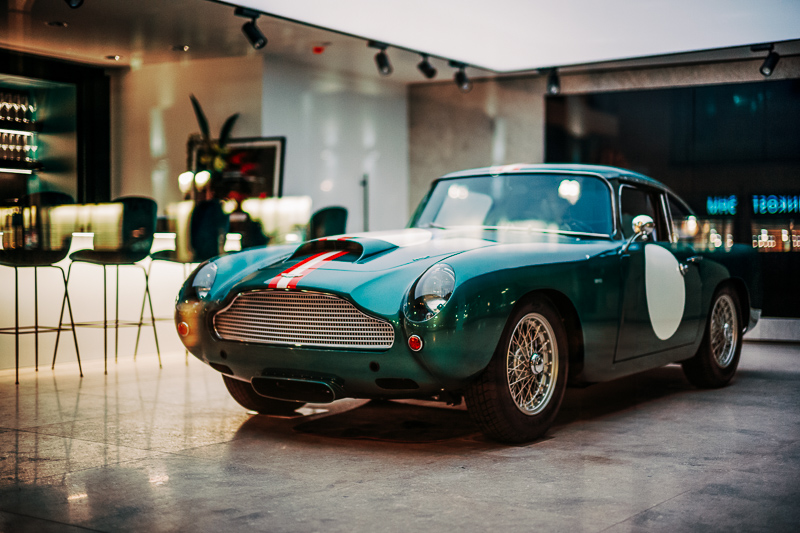
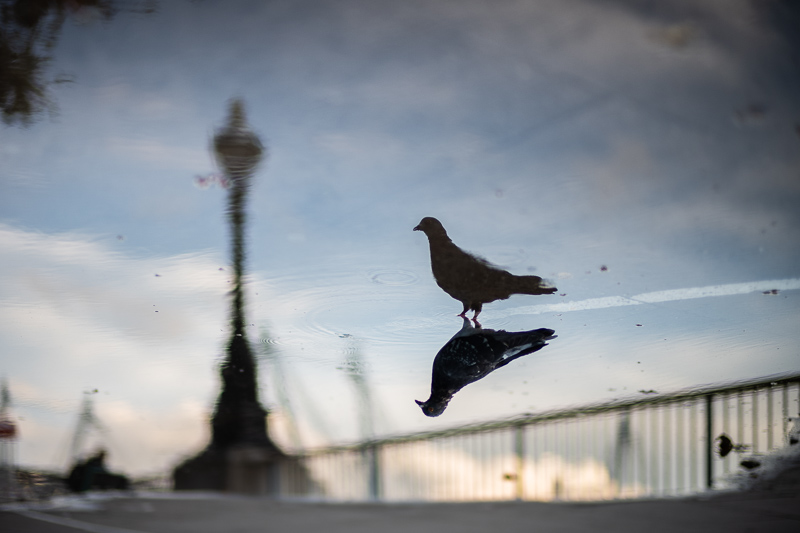
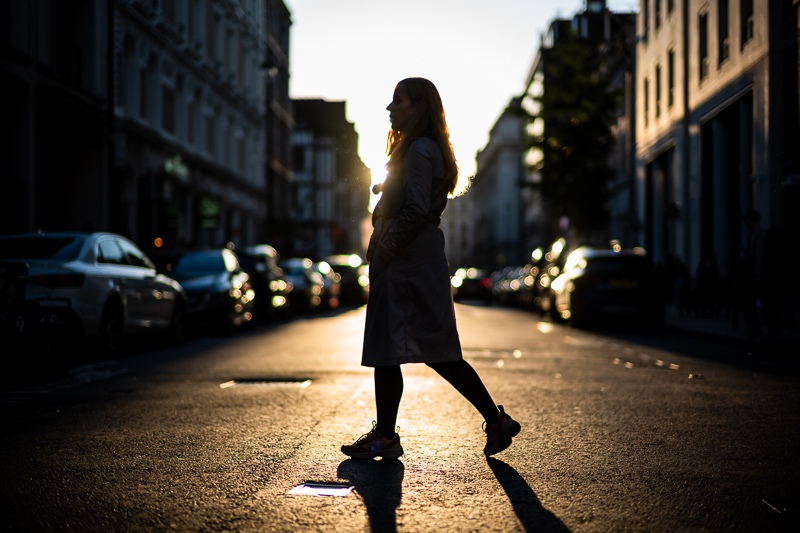
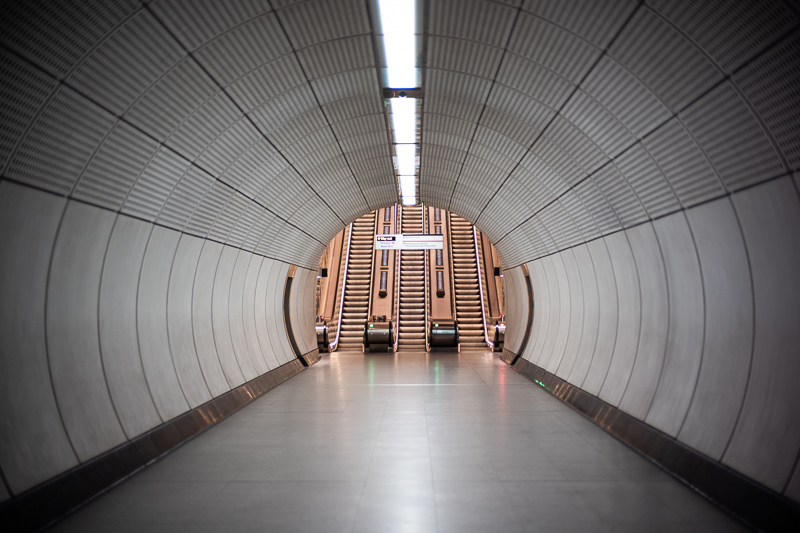
Most of the sample images in this review can be found in full resolution here.
Contents
Actually faster than the Leica 50mm 0.95 Noctilux-M
I am sure some of you are aware of the existence of the f/0.95 lenses for M-mount (e.g. Leica 50mm 0.95 Noctilux, TTArtisan 50mm 0.95, Zhong Yi 50mm 0.95) so you may wonder: how can this f/1.0 lens be the fastest?
In my Comparison of Super Fast 50mm M-mount Lenses I compared the relative transmission of those lenses and this Voigtländer lets in 0.2 EV more light than the allegedly faster Leica 50mm 0.95 and a whopping 0.9 EV more light than the Zhong Yi 50mm 0.95 M.
In the meantime I got my hands on the Canon 50mm 0.95 Dream lens and in fact that lens let’s in a tiny bit more light.
I did not have an SLRmagic 50mm 0.92 (T0.95) Hyperprime for comparison, but as it is made of 12 elements I doubt that it will be able to let in more light than this Voigtländer lens or the aforementioned Canon 50mm 0.95. Furthermore, only a handful have been made and it is next to impossible to get.
Specifications / Version History
There have been three Voigtländer 50mm lenses in the f/1.0 to f/1.2 range so far:
- Voigtländer 50mm 1.1 Nokton
428g, 7/6 design, 10 aperture blades, 58mm filter, all spherical design, MFD 1.0 m, 2009-2019 - Voigtländer VM 50mm 1.2 Nokton
347g, 8/6 design, 12 aperture blades, 52mm filter, 4 aspherical surfaces, MFD 0.7 m, 2018- - Voigtländer VM 50mm 1.0 Nokton
482g, 9/7 design, 12 aperture blades, 62mm filter, 3 aspherical surfaces, floating elements, MFD 0.9 m, 2022-
This Voigtländer VM 50mm 1.0 Nokton is the fastest and most expensive fullframe lens that has been released under the Voigtländer brand so far (as of late 2023), it has the following specifications:
- Diameter: 74 mm
- Length: 55 mm
- Weight: 482g
- Field of view: 47° (diagonally)
- Filter Diameter: 62mm
- Number of Aperture Blades: 12 (straight)
- Elements/Groups: 9/7

- Close Focusing Distance: 0.9 m
- Maximum Magnification: 1:15.3
- Mount: Leica-M | Nikon-Z | Canon-RF
buy from amazon.com | amazon.de | B&H | ebay.com | ebay.de (affiliate links) for $1799 or find your local Voigtländer distributor
Disclosure
The Voigtlander VM 50mm 1.0 Nokton was provided by Voigtländer GmbH, the German Voigtländer distributor, for reviewing purpose for a duration of 3 weeks.
Handling / Build Quality
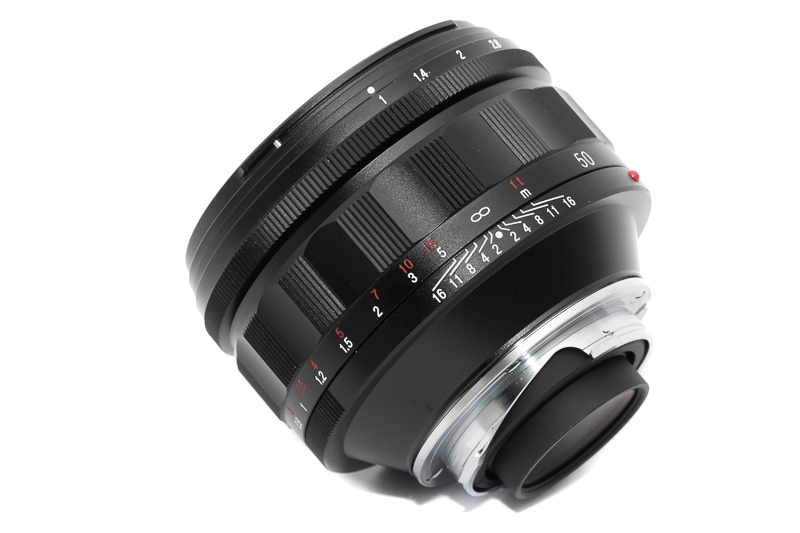
I have said it in the past, there is no clear line when it comes to the casing design of Cosina’s VM lenses, but there might actually be some consistency when it comes to their higher end M-mount lenses, as this one looks very similar to the VM 21mm 1.4 Nokton. Everything feels like it is made from metal and all the red/white markings are engraved and filled with paint.
Similar to the VM 21mm 1.4 and unlike to the VM 50mm 1.2 there is no shiny front ring to be found here, which is good news, as that ring could lead to some reflection issues on previous lenses.
The hill/valley focus ring has perfectly even resistance and travels exactly 90° from the minimum focus distance of 0.9 m to infinity, thanks to the long focus throw, setting precise focus is not an issue with this lens, even at longer focus distances.
The aperture ring has half-stop click stops and travels ~110° from f/1.0 to f/16. Interestingly they are not spaced equidistantly here, as the distance between f/1.0 and f/1.4 is bigger than that between f/11 and f/16.
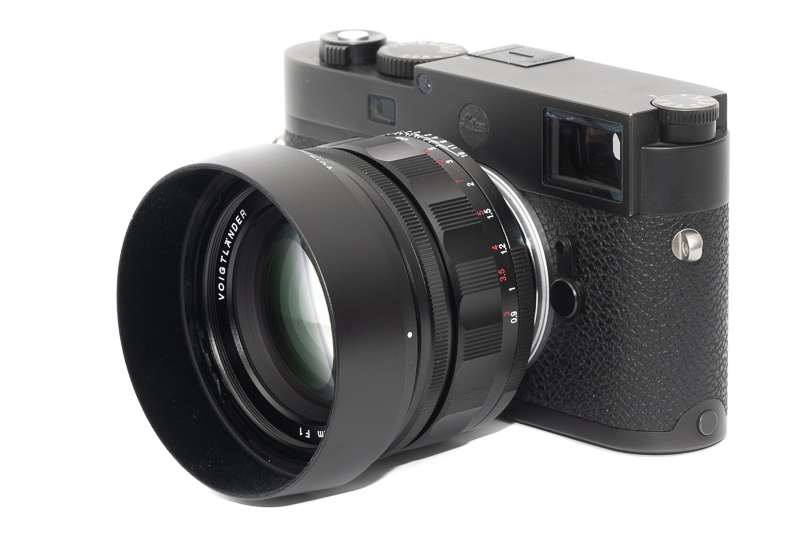
Traditionally the hoods for the Voigtländer M-mount lenses had to be bought separately – whereas they are included with the E-mount lenses; something I never really understood.
Good news here is, that the hood is included and it is also a rather sophisticated design with felt on the inside. Unlike the hoods of many other Voigtländer lenses this one can also be mounted reversed for a smaller footprint in the bag.
It shouldn’t come as a surprise that the rangefinder blockage is significant with this lens. With the hood attached and the lens set to its minimum focus distance even a part of the rangefinder patch is obstructed. Not ideal if you rely on the rangefinder to focus.
On the smaller Minolta CLE the rangefinder patch is completely blocked, even without using the hood, so you cannot properly focus this lens on that camera at all.
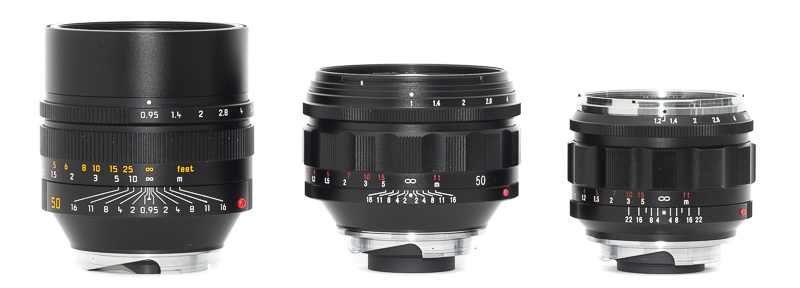
In terms of size and weight this Voigtländer VM 50mm 1.0 Nokton is actually closer to its slower brother, the VM 50mm 1.2 Nokton, than to the Leica 50mm 0.95 Noctilux-M. This is still a big and heavy lens, but it surely does make more sense on an M-mount camera than the aforementioned Leica 50mm 0.95.
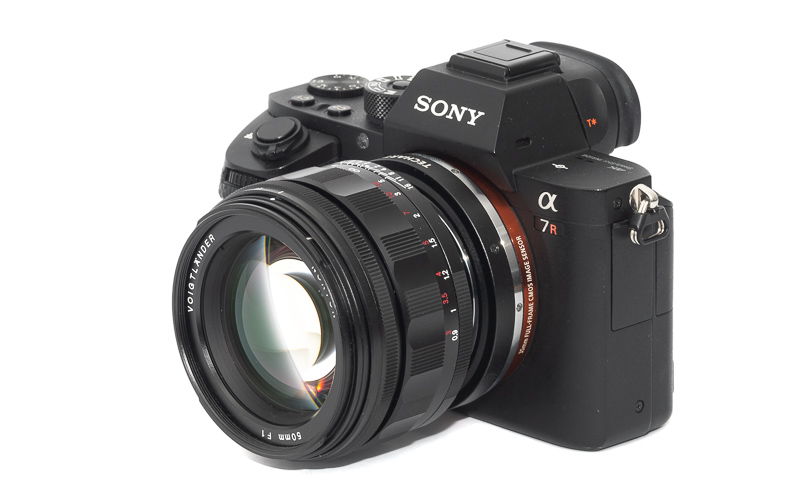
The lens is also available in Nikon-Z and Canon-RF mount, but not for Sony E. You can of course adapt this lens to your Sony camera, but as you will see in the sharpness section, it is debatable how much sense that actually makes. If you think of using the Techart LM-EA9 adapter to turn this into an AF lens, be aware that AF works okayish from f/1.4 onwards, but hunts way too much with the lens set to f/1.0.
Vignetting
Light falloff
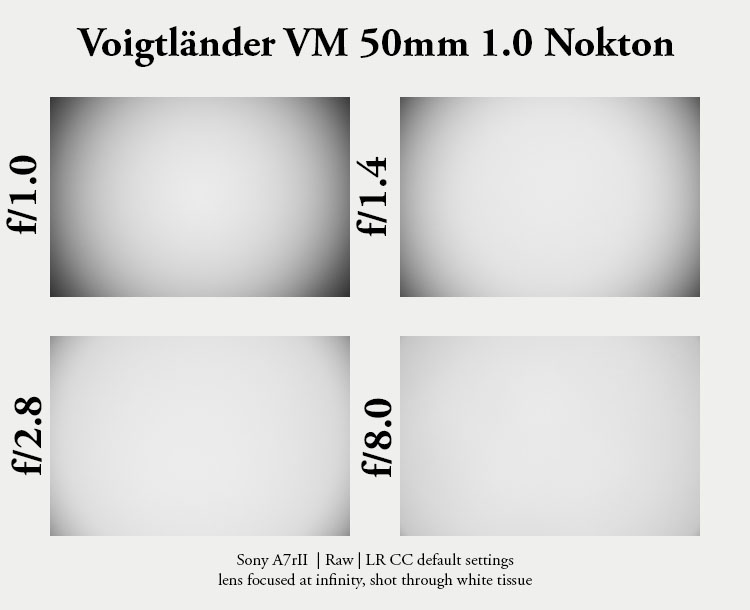
| f/1.0 | 3.7 EV |
| f/1.4 | 3.0 EV |
| f/2.0 | 2.3 EV |
| f/2.8 | 2.1 EV |
| f/4.0 | 1.7 EV |
| f/5.6 | 1.6 EV |
| f/8.0 | 1.4 EV |
| f/11 | 1.2 EV |
The problem with designing lenses this fast for the narrow M-mount is, that the vignetting figures will always be massive and this is exactly what is the case here. And in fact the vignetting figures are even higher here compared to the Leica 50mm 0.95 Noctilux-M, Zhong Yi 50mm 0.95 M, Mr. Ding 50mm 1.1 and Voigtländer VM 50mm 1.2 Nokton – not by a lot though.

It is recommended to have a look at this article first to get an idea how this brightness graph works.
Optical vignetting
Fast lenses usually show a noticeable amount of optical vignetting, especially so the compact ones. Without going too much into technical details optical vignetting leads to the truncation of light circles towards the borders of the frame.
In the center of the frame almost every lens will render a perfect circle, but only lenses with very low optical vignetting will keep this shape in the corners.
So in the following comparison we move from the center (left) to the extreme corner (right) and see how the shape of the light circle changes.
I did shoot all these lenses at the exact same focus distance ensured by the help of a test target situated exactly at 1.0 m from the camera, therefore the results are directly comparable. The Leica lens is at an advantage though, as it has a focal length of 52.3mm, whereas both the Voigtländers have a focal length of exactly 50mm.
I have to say, I was hoping for a better performance in this category. Despite this VM 50mm 1.0 being noticeably bigger than the slower VM 50mm 1.2, the latter shows less optical vignetting. Not only when comparing them at their maximum apertures, but even at shared apertures and still when stopped down to f/2.0.
You can see faint onion ring structures in all these three lenses due to the usage of aspherical elements, but they are not overly pronounced
Sharpness
Focus shift
The Voigtländer VM 50mm 1.0 Nokton shows a slight amount of focus shift, most noticeable on stopping down from f/1.4 to f/2.0. When relying on the rangefinder to focus this lens (not something I would recommend anyway) I would be a bit careful with using the f/2.0 setting.
infinity (42mp Sony A7rII/24mp Leica M10)
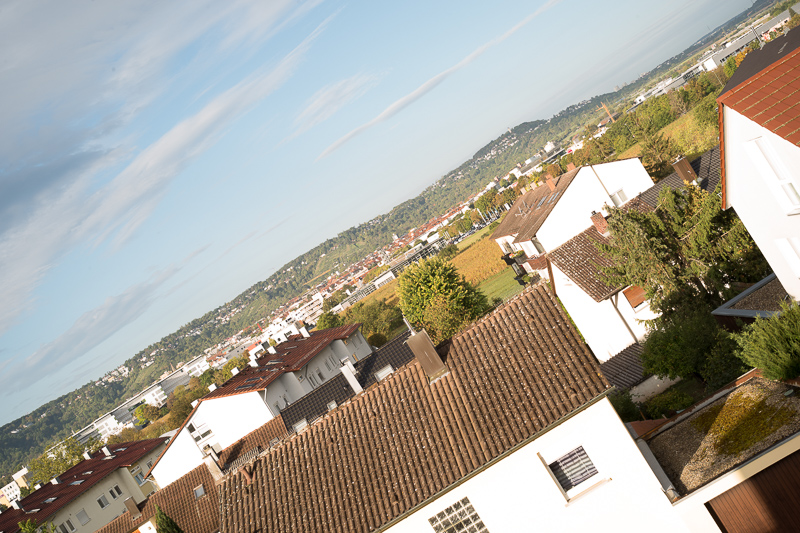
For a lens this fast the performance at f/1.0 at infinity is surprisingly good in the center. On the M10 we see a steady drop in sharpness towards the corners, but even the midframe area doesn’t look that bad. Best across frame sharpness is reached around f/5.6.
When used on a Sony (or any other mirrorless camera with a thicker filter stack) there is a massive midzone dip at wider apertures, stopped down to f/8.0 the across frame performance is still good enough for landscape/architecture shooting though.
Looking at the results from my Super Fast 50mm M-mount lenses comparison, the Voigtländer VM 50mm 1.2 Nokton performs better at wider apertures here, but this VM 50mm 1.0 takes the second spot.
portrait 1.5 m (24mp Sony A7III/Leica M10)
Let’s see what the performance is like at a typical portrait distance for a 50mm lens of ~1.5 m.

We will be looking at 100% crops from the 24mp Sony A7III and the Leica M10. Both cameras do not have an anti aliasing filter in front of the sensor.
Leica M10 <—> Sony A7III
Compared to the other Super Fast 50mm M-mount lenses the Voigtländer VM 50mm 1.0 Nokton turned out to be a bit of a revelation in this category.
When used on an M-mount camera this lens shows amazing resolution, contrast and clarity – best in class. The closest competitor is the Voigtländer VM 50mm 1.2 Nokton. Both Voigtländers show way better off center performance than the Leica 50mm 0.95 Noctilux-M.
Now obviously this Voigtländer VM 50mm 1.0 Nokton has been designed for the M-mount filterstack as it performs way worse off center on a camera with a thicker filter stack like the Sony A7III I used here for comparison.
Close 0.9 m, 1:15.3 (42mp Sony A7rII)
The minimum focus distance of 0.9 m may be better than the 1.0 m the Leica 50mm 0.95 and Zhong Yi 50mm 0.95 M are offering, but it is still noticeably worse than the 0.7 m we are used to from 50mm M-mount lenses nowadays.
Both, this Voigtländer and the Leica 50mm 0.95, feature a floating elements design, yet the Voigtländer shows a way better performance at its maximum aperture – despite focusing a bit closer.
Flare resistance
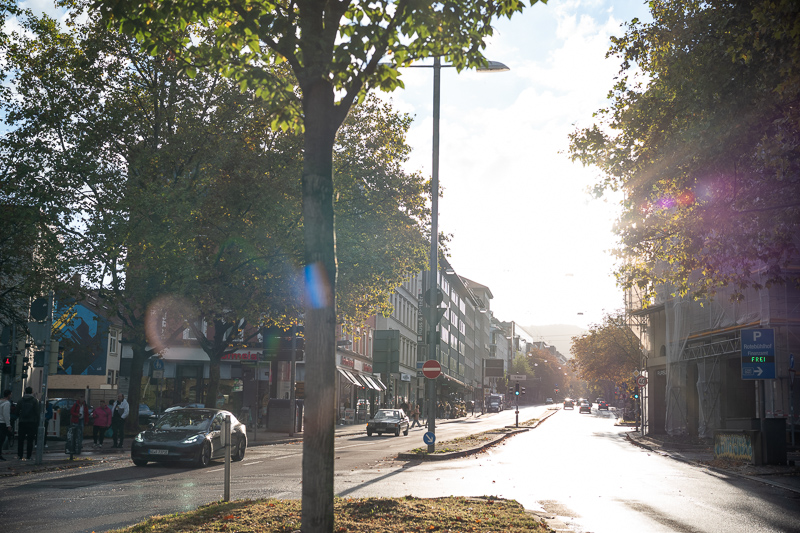
As always evaluating flare is a complex matter since you can get any lens to look bad if you push it hard enough and a slight change of scenario can affect results a lot. Now Cosina’s Voigtländer lenses have often been among the best in this category, yet super fast lenses often fared pretty bad, so I am not sure what to expect here.
When not using the hood I noticed rainbow artefacts rather frequently. The hood often does a pretty good job at getting rid of these though:
From other lenses I know that stopping down usually helps to get rid of these rainbow artefacts as well and this is also the case here. On stopping down to f/1.7 the bigger artefacts disappear, but if you check the lower right corner there is still an artefact visible that becomes almost unnoticeable on stopping down to f/2.8:
So this is one of the few lenses where using the hood actually makes sense and is therefore a good idea. That being said, even when using the hood you may still sometimes encounter rainbow artefacts:
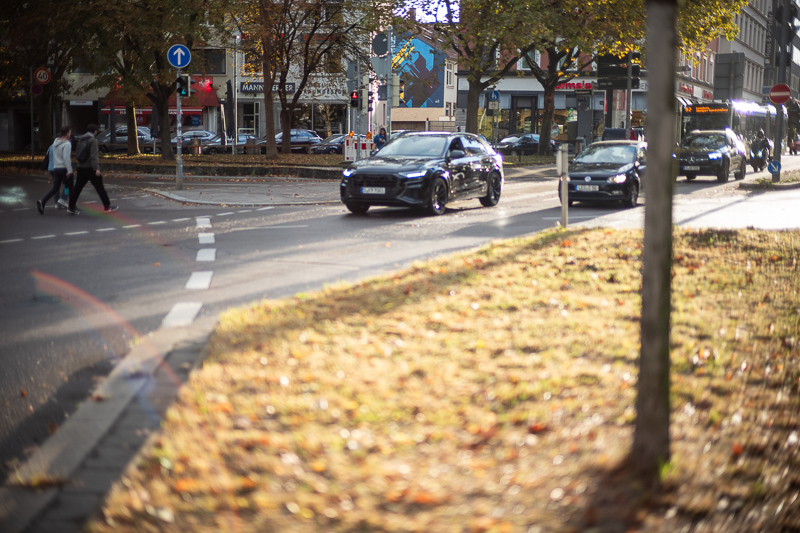
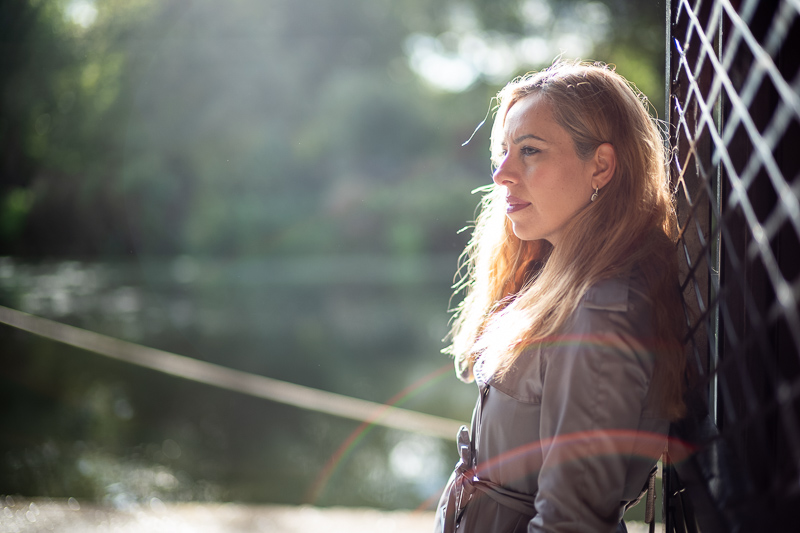
Also at night I ran into situations where street lamps outside of the frame lead to rather big artefacts.
The Voigtländer VM 50mm 1.2 Nokton is the better performer here, as it shows a nearly impeccable flare resistance even without using a hood. Compared to other super fast 50mm lenses the performance is pretty good though and there were many situations where I would have expected way more issues:
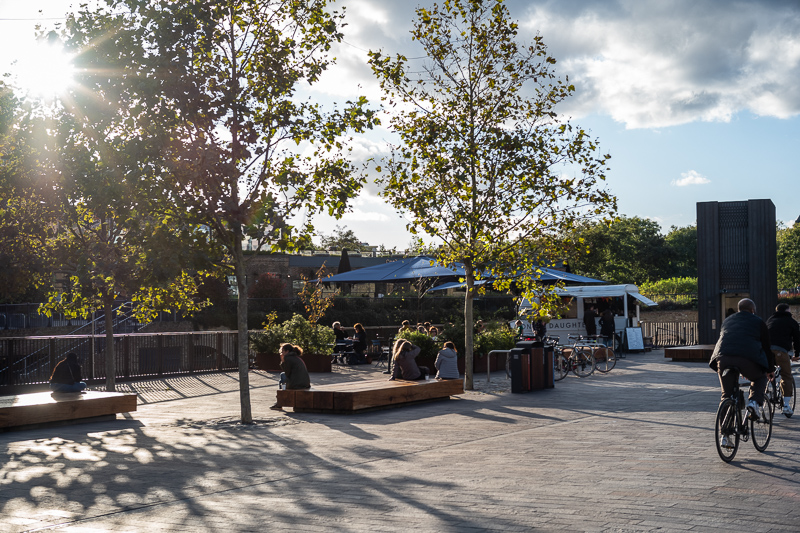
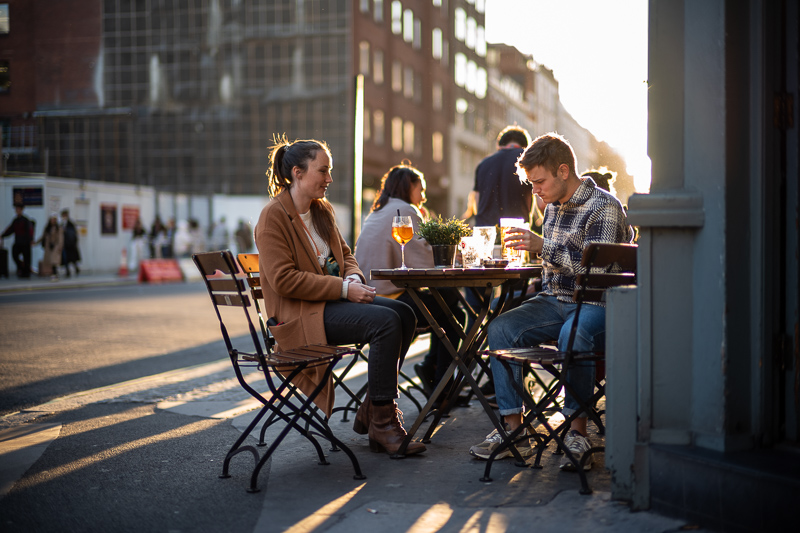
Coma
The super fast M-mount lenses have all been pretty awful at their maximum aperture in this category. While still true for this Voigtländer, it is actually one of the better ones, way better than the Leica 50mm 0.95 Noctilux at least.
Here by stopping down to f/2.8 the performance is really good in the corners, similar to the Voigtländer VM 50mm 1.2.
Distortion
Leica M10 | Voigtländer VM 50mm 1.0 Nokton | f/5.6
The Voigtänder VM 50mm 1.0 Nokton shows a slight, not perfectly uniform, pincushion distortion. There is no profile in Lightroom/CameraRAW available yet, but I found the correction profile of the VM 50mm 1.2 to be a very good match. Alternatively you can also dial in -2.
Bokeh
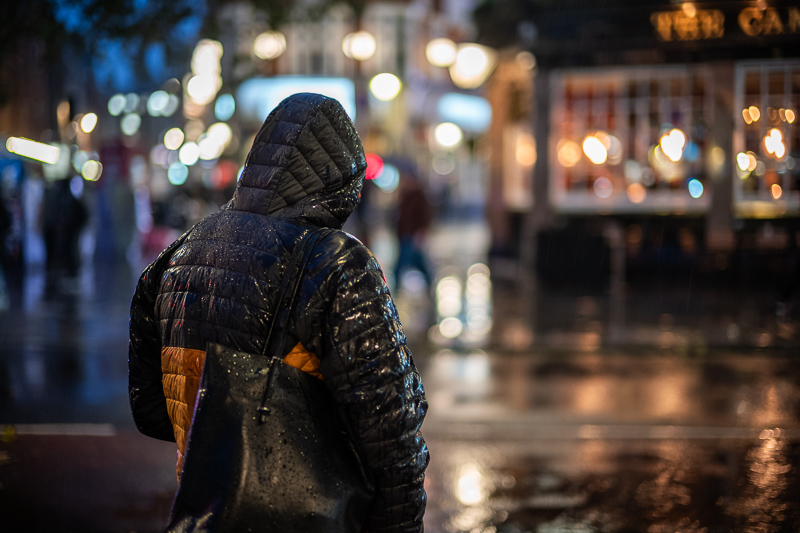
Now this is the category we are here for, aren’t we? As usual we will see how this lens performs at different distances.
You can also have a look at my Super Fast 50mm M-mount Comparison, where this lens is included as well.
Close distance


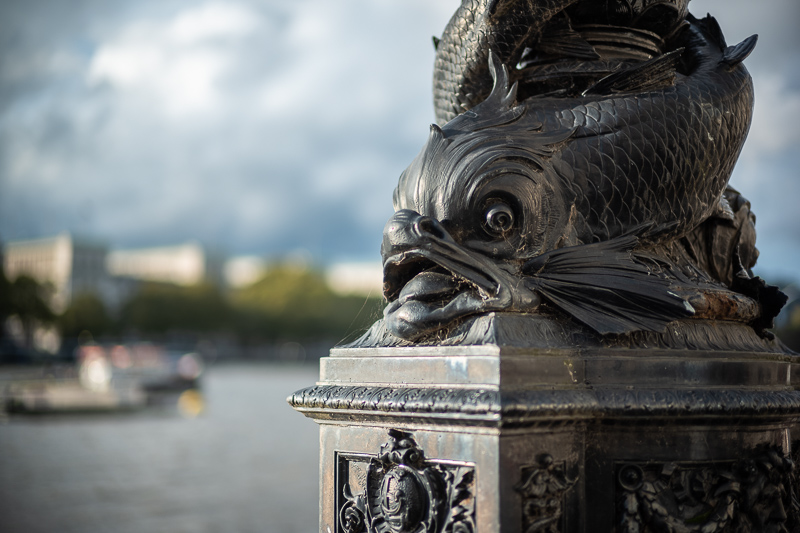

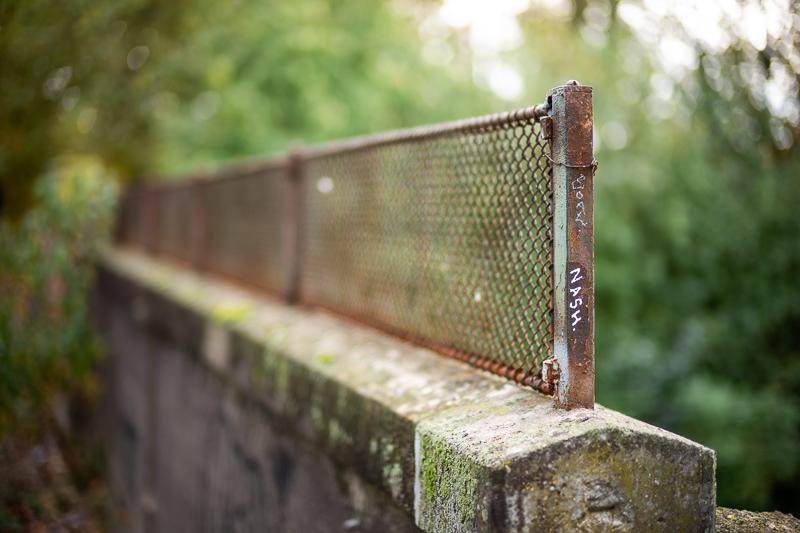
Most lenses draw a smooth bokeh at close distances, which is also the case here. The cat’s eye effect is already easily noticeable though. No matter where in the frame your subject is located, sharpness and contrast are always really good, which surely helps with creating a sense of depth.
Mid distance
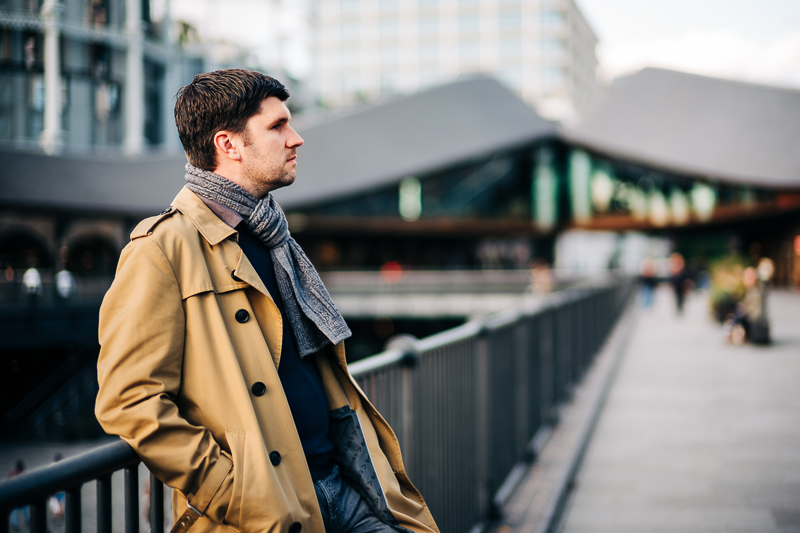

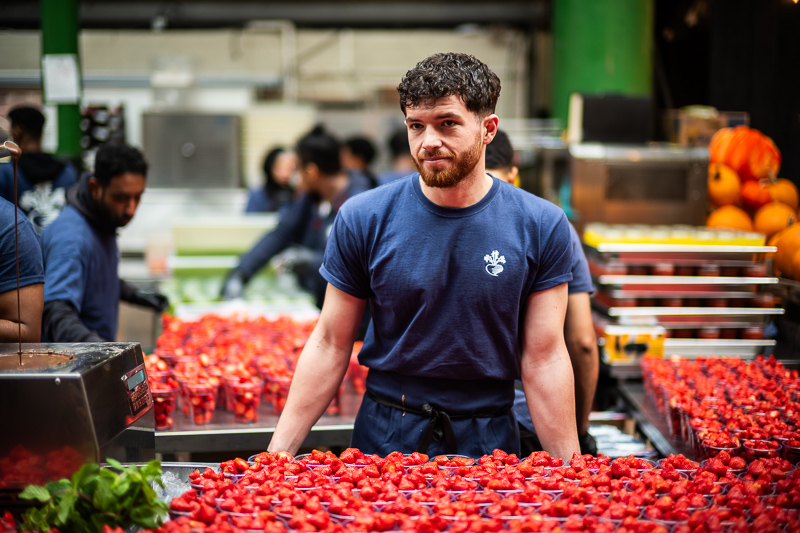



Mid distances are where I think this lens performs best. Contrast and resolution are very good at focus point, the bokeh is smooth and undistracting.
Long distance
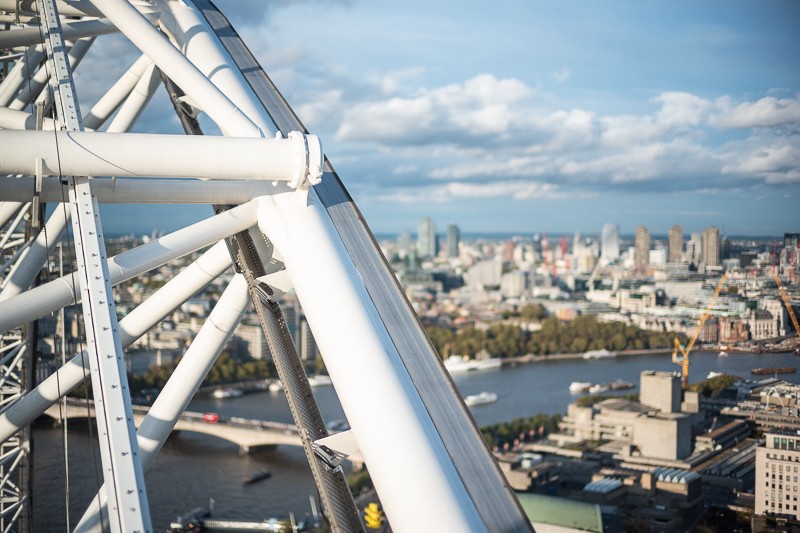
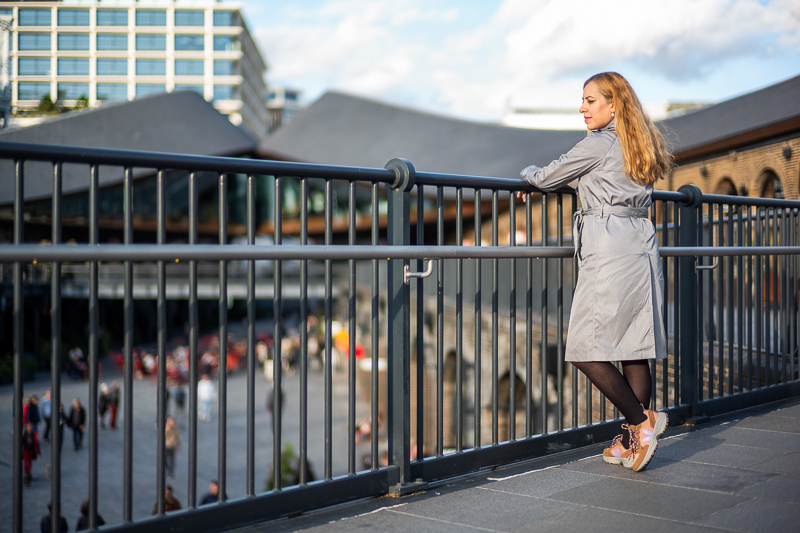
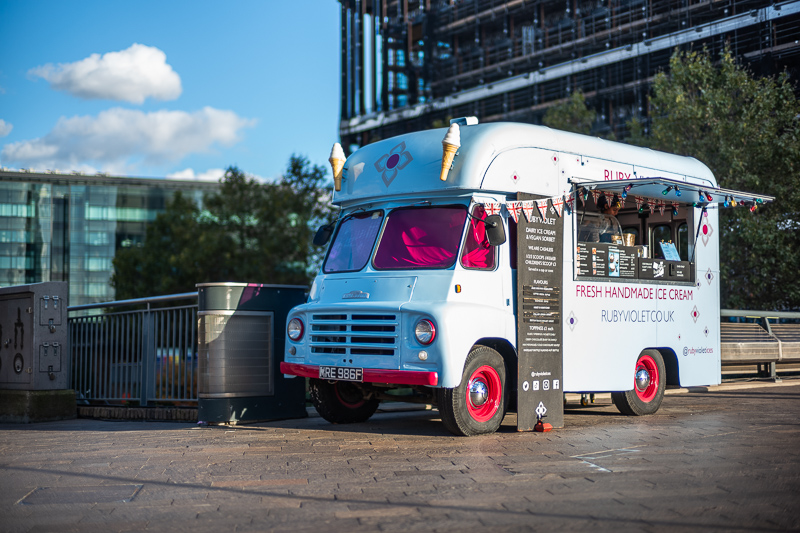
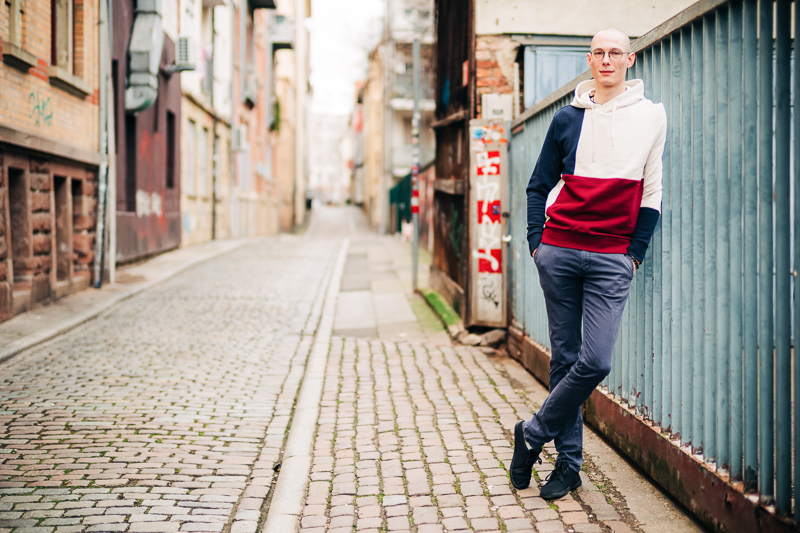
Now at longer distances, there is clearly good and bad. The first three samples above are showing bad. Due to the combination of strong optical vignetting and unfavourable field curvature, things close to the borders and corners are in focus even though they are far behind the actual focus point.
This is especially noticeable when the background is flat so the difference between bokeh in the center and on the edges of the frame is most noticeable.
I have used this scene before to showcase the affect optical vignetting and field curvature can have on the bokeh rendering, but this time I pivoted the camera after the first shot to also show you, what the elements in the corner would look like if they were in the center of the frame:
As you can see there is a huge difference between bokeh rendering in the center of the frame compared to the corners. This is an effect I am not a fan of and as you can see from my Comparison of Super Fast 50mm M-mount Lenses there are lenses that do a better job here, e.g. the Voigtländer VM 50mm 1.2 Nokton.
Let’s not forget about the good: not in every scene this effect will be noticeable and when it isn’t, it is possible to create a wonderful bokeh with this lens, especially as it has surprisingly good clarity at focus point even at longer distances:
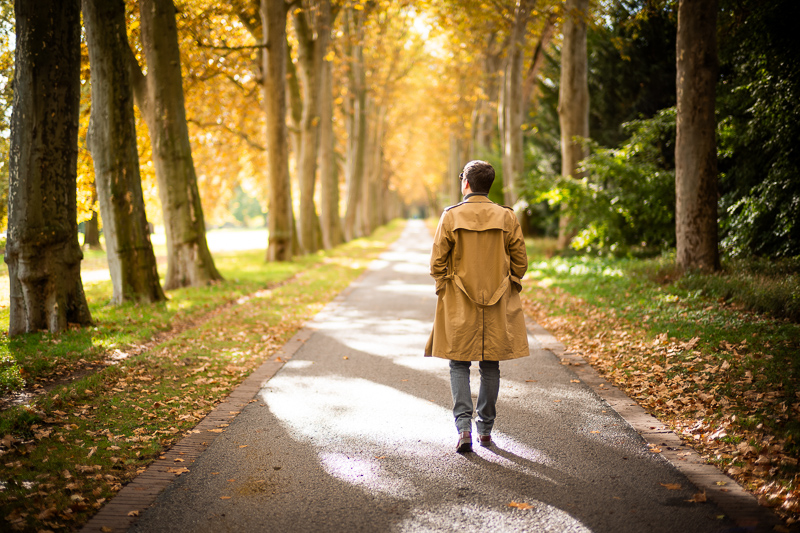

Sunstars
Originally Cosina used 10 straight aperture blades for their M-mount lenses but some of the newer ones feature 12 straight aperture blades instead. Either way, this lens draws the typically pointed sunstars the Voigtländere lenses are famous for from f/1.4 to f/16.
If you want to learn more about sunstars have a look at this article.
We also see signs of spherical aberration at f/1.0 here, making itself felt by the purple halos around point light sources. Something we also know from e.g. the Leica 50mm 0.95 Noctilux-M, Zhong Yi 50mm 0.95 M and the Voigtländer VM 50mm 1.2.
Chromatic aberration
lateral
Lateral CA are almost non-existent. I don’t have a picture to show you any.
longitudinal
This scene is a worst case scenario: backlit and with high contrast. As you can see, the Voigtländer VM 50mm 1.0 Nokton is not free from bokeh fringing:
Leica M10 | Voigtländer VM 50mm 1.0 Nokton | f/1.0
Let us also see if purple fringing is an issue with this lens.
Leica M10 | Voigtländer VM 50mm 1.0 Nokton | 50% crops
Purple fringing is going very strong at f/1.0 and is still noticeable at f/1.4. Stopped down to f/2.0 it is almost completely gone.
A slightly better performance than what we have seen from the Leica 50mm 0.95 Noctilux-M, but slighly worse than the Voigtländer VM 50mm 1.2 Nokton.
Conclusion
good
|
average
|
not good
|
If Cosina tried to design a fast 50mm lens here to beat the 14 years older Leica 50mm 0.95 Noctilux-M they clearly succeeded: this Voigtländer lens is way sharper at portrait distances, draws a nicer bokeh, is generally better corrected (Coma/CA), focuses slightly closer (0.9 instead of 1.0 m), even lets more light in and all that while being 60% lighter, smaller and way more affordable.
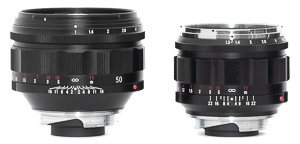 But there is another lens we should compare this one to, the Voigtländer VM 50mm 1.2 Nokton. And to be perfectly honest here: there are not a lot of reasons to pick this VM 50mm 1.0 Nokton over the VM 50mm 1.2 Nokton. The f/1.0 lens is 40% heavier, it is noticeably bigger, it doesn’t focus as close, it is not corrected as well for Coma and CA, has more issues with flare resistance (especially when not using the hood), it is not as sharp at wider apertures at infinity and it shows stronger vignetting.
But there is another lens we should compare this one to, the Voigtländer VM 50mm 1.2 Nokton. And to be perfectly honest here: there are not a lot of reasons to pick this VM 50mm 1.0 Nokton over the VM 50mm 1.2 Nokton. The f/1.0 lens is 40% heavier, it is noticeably bigger, it doesn’t focus as close, it is not corrected as well for Coma and CA, has more issues with flare resistance (especially when not using the hood), it is not as sharp at wider apertures at infinity and it shows stronger vignetting.
Considering all these differences in favour of the f/1.2 lens, one might even be tempted to generally question the pursuit of designing as fast as possible 50mm lenses for the small M-mount opening. Because of that, this lens did give me a bit of a headache and at first I didn’t know where it is supposed to fit in compared to the f/1.2 Nokton.

But after having used this lens in the field for a few weeks, I cannot deny it also has some very appealing qualities. At portait distances the sharpness is amazing for an f/1.0 lens – and not only in the center of the frame. Actually I am not aware of any 50mm M-mount lens faster than f/1.5 that has such high contrast and clarity at its maximum aperture at these distances, which also makes manual focusing very easy.
This Voigtländer also features really good light transmission (better than most f/0.95 lenses for M-mount), that will actually allow you to use faster shutter speeds and/or lower ISO values compared to f/1.2 or f/1.4 lenses.
When it comes to the rendering and bokeh of this lens, because of the fast maximum aperture in combination with the super high contrast, in some scenes it can give amazing results.
Sadly there are also conditions, under which the lens won’t shine as bright (as I have shown you in the bokeh section).
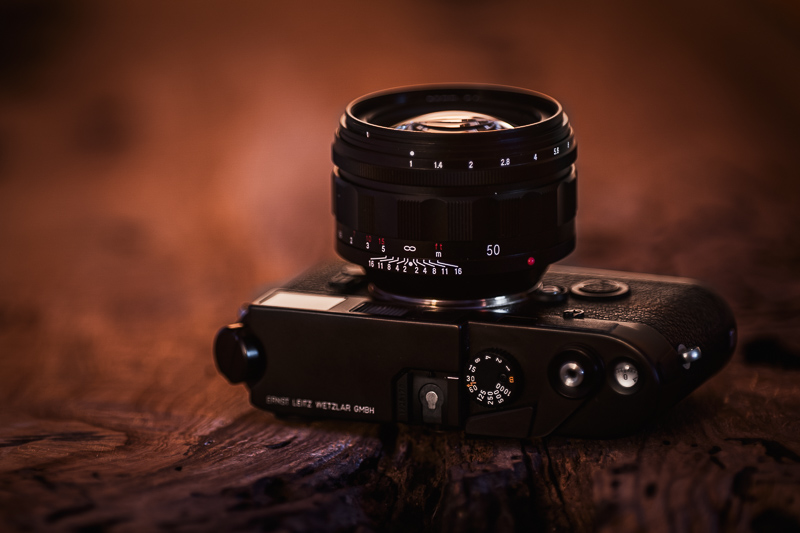
Being objective, I have to tell you to go for the VM 50mm 1.2 Nokton here. If you were to put together a pro/contra list with both these lenses, the f/1.2 would always come out on top. But then, I also know some of you are looking for something special. And if that is the case, this chunky 50mm with its cool-sounding f/1.0 maximum aperture, fancy grinding aspherical and floating elements might hold an attraction, which is not necessarily revealed by a mundane pro/contra list.
buy from amazon.com | amazon.de | B&H | ebay.com | ebay.de (affiliate links) for $1799 or find your local Voigtländer distributor
Alternatives
I reviewed a lot of 50mm M-mount lenses all of which you can find listed here. And lately I also published a comparison of six super fast 50mm M-mount lenses (Leica 50mm 0.95 Noctilux-M, Zhong Yi 50mm 0.95 M, this Voigtländer VM 50mm 1.0 Nokton, MS-Optics 50mm 1.0 ISM, Mr. Ding 50mm 1.1 and Voigtänder VM 50mm 1.2 Nokton), which should be a very good starting point.
Sample Images


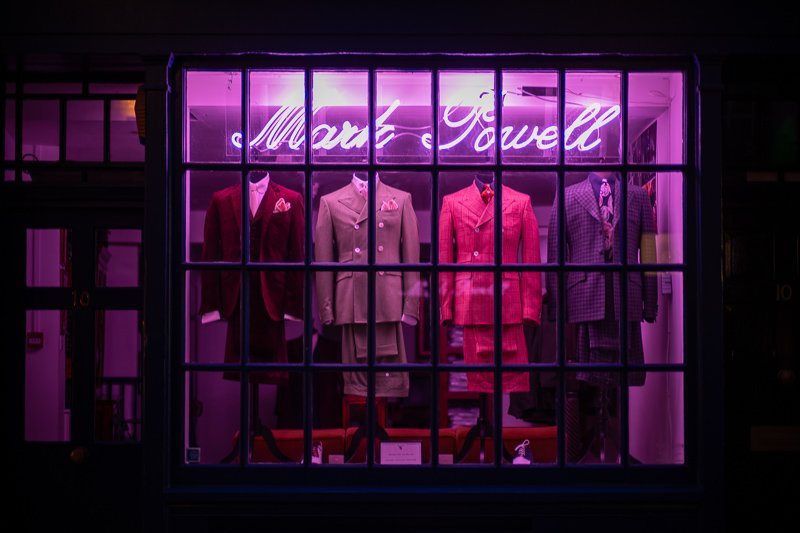
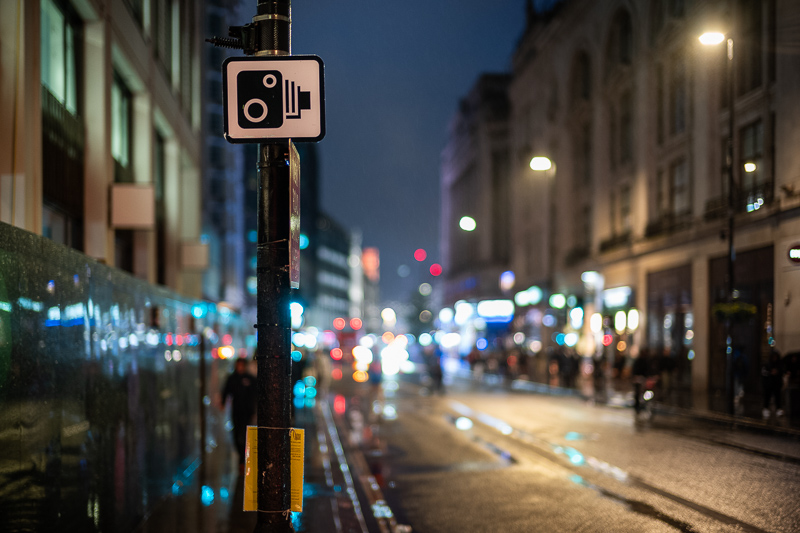
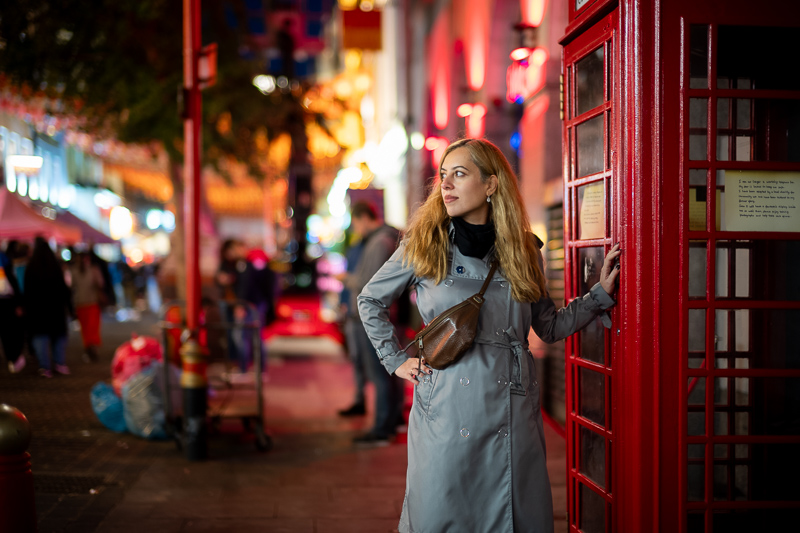
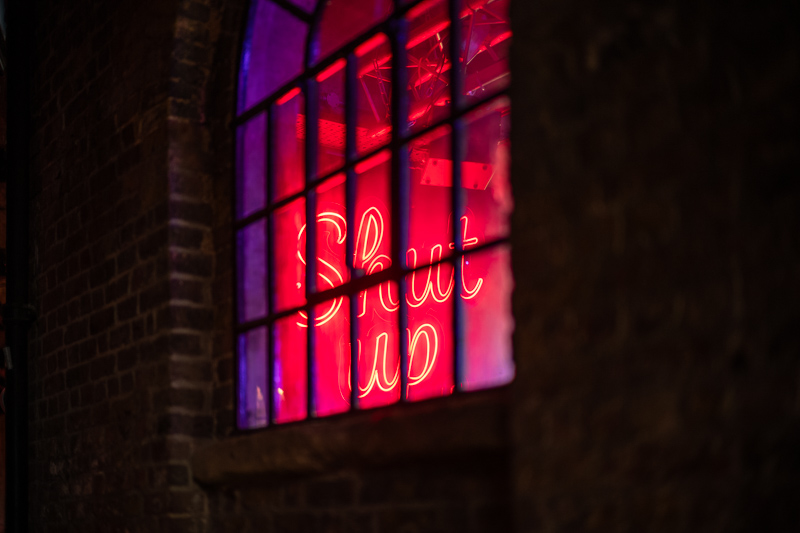


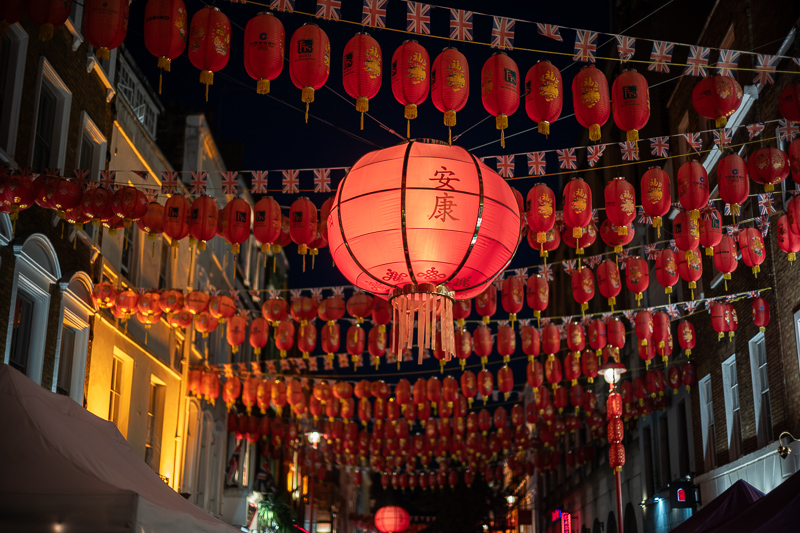
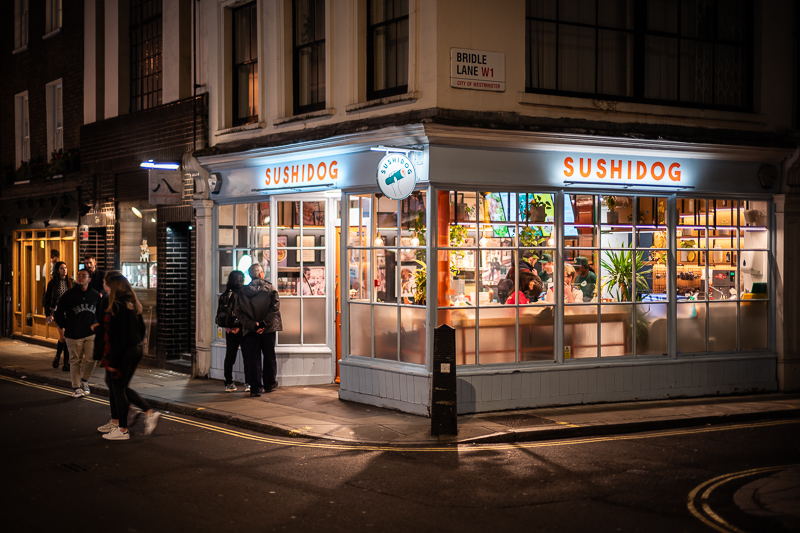
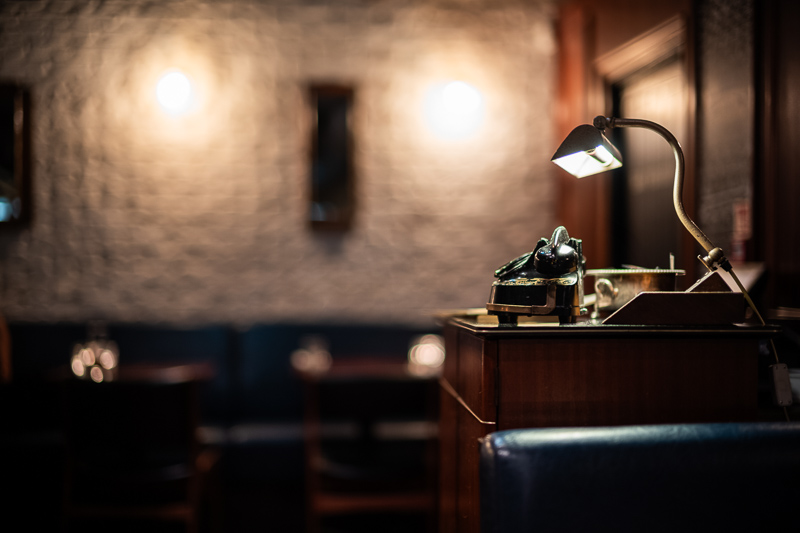

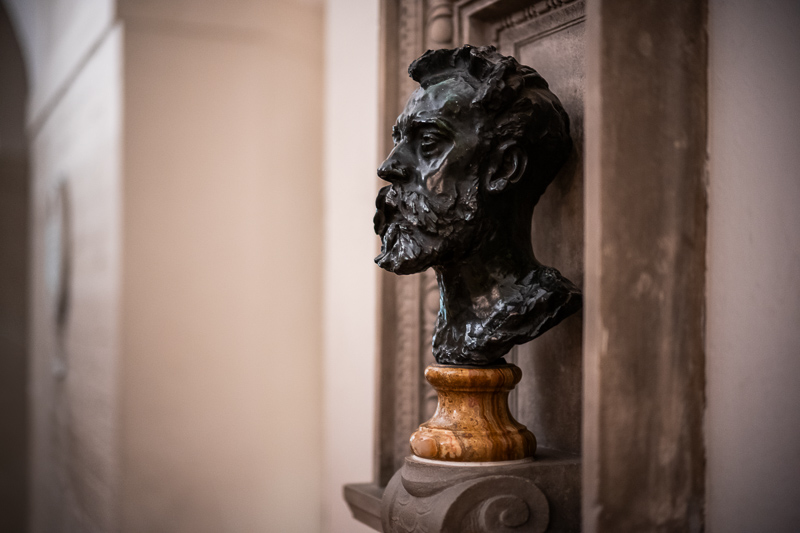

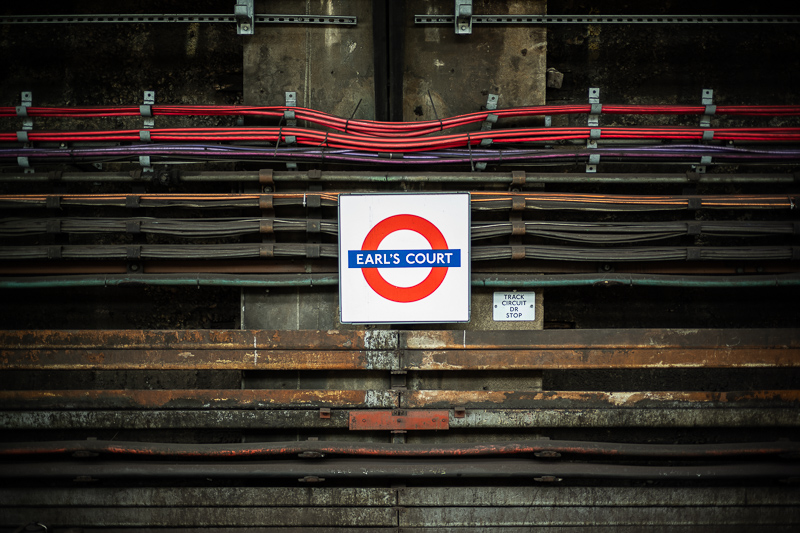


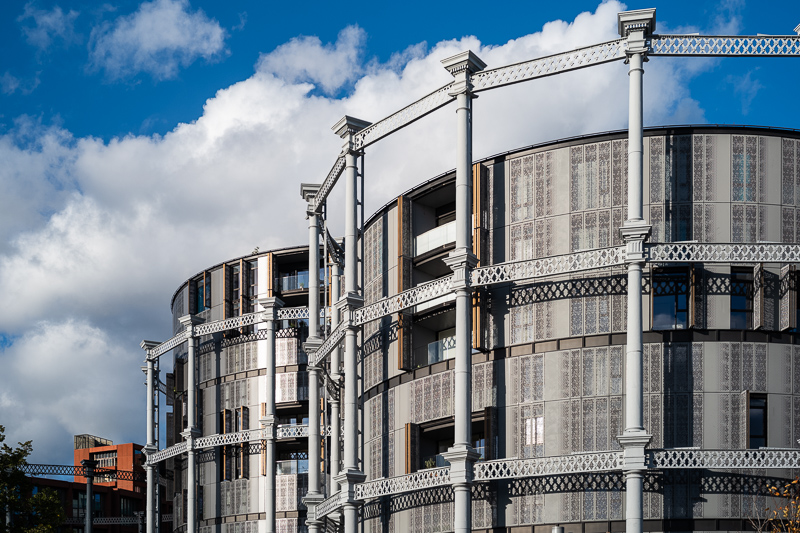
Most of the sample images in this review can be found in full resolution here.
Further Reading
- All M-mount reviews
- Analogue Adventures Landing Page
- Lens aberrations explained
- Bokeh explained
- Review: Laowa 9mm 5.6 – The world’s widest lens
Support Us
Did you find this article useful or just liked reading it? Treat us to a coffee!
![]()
![]()
![]() via Paypal
via Paypal
This site contains affiliate links. If you make a purchase using any of the links marked as affiliate links, I may receive a small commission at no additional cost to you. This helps support the creation of future content.
Latest posts by BastianK (see all)
- Review: Viltrox AF 35mm 1.2 FE LAB - December 17, 2025
- Analogue Adventures – Part 47: Tübingen - December 17, 2025
- Review: Zeiss Milvus 25mm 1.4 Distagon - December 13, 2025
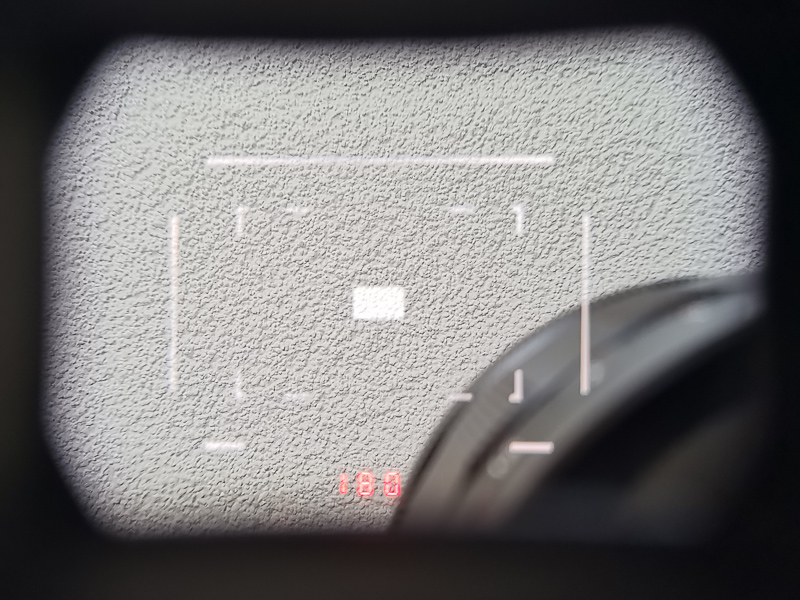
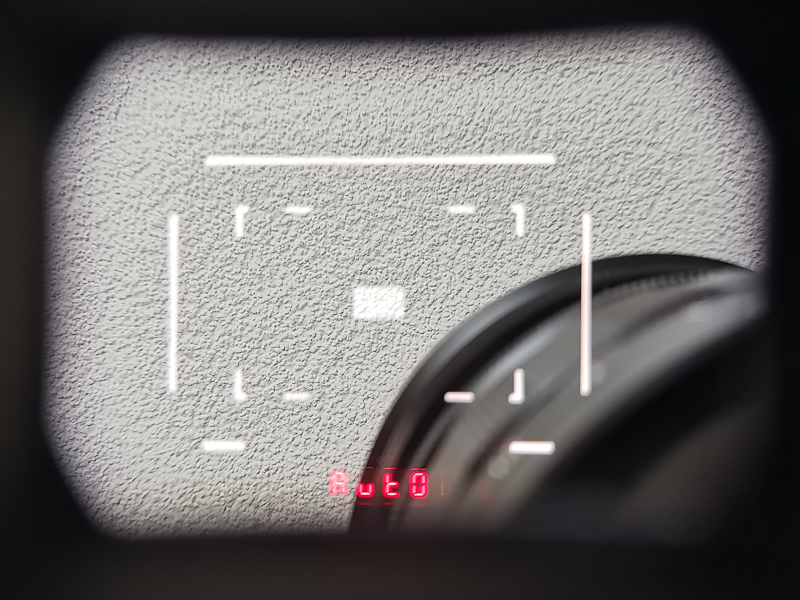
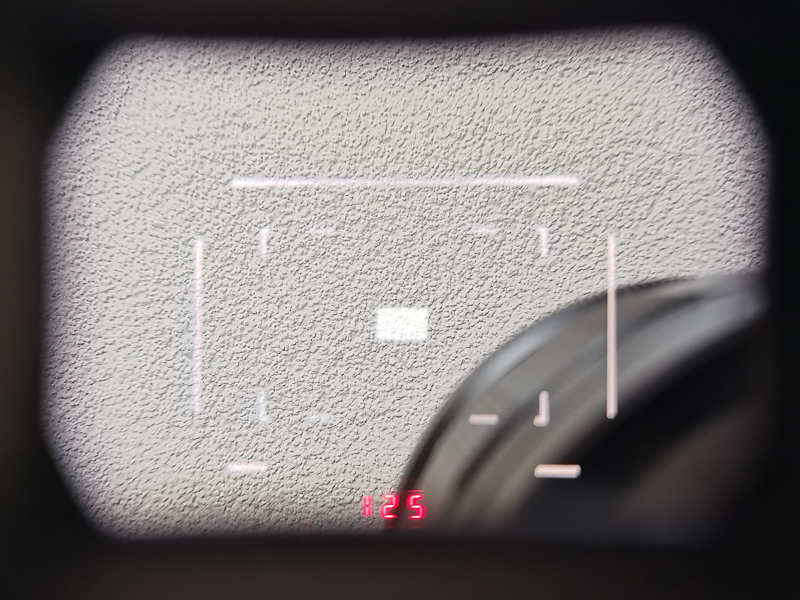
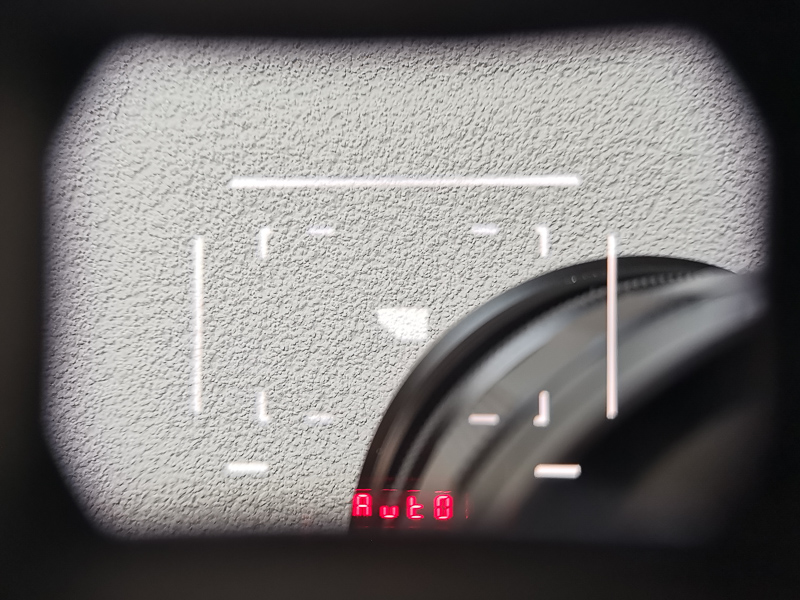








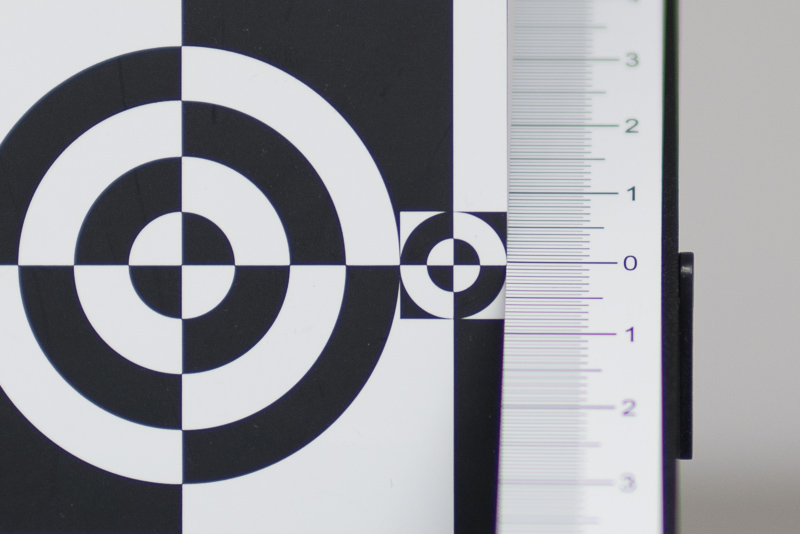
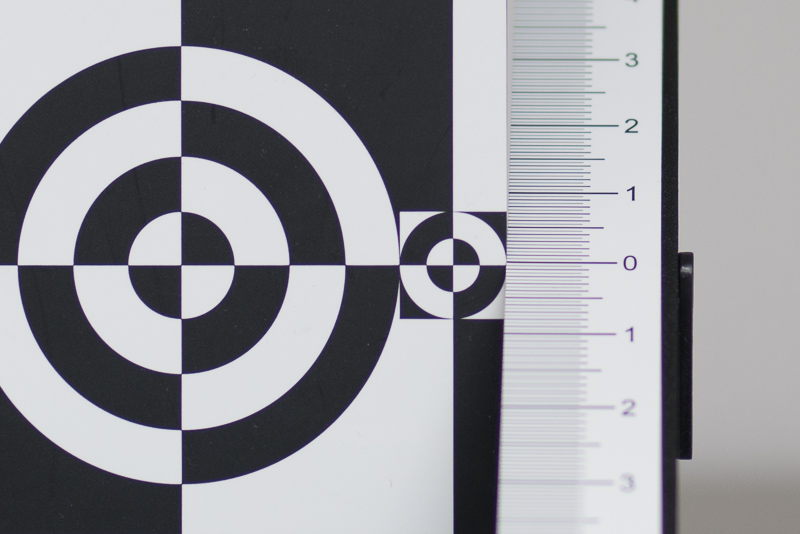
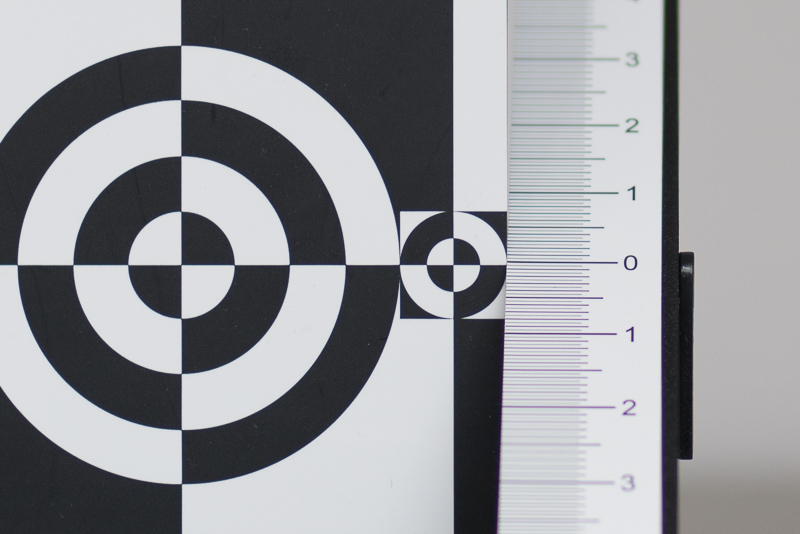
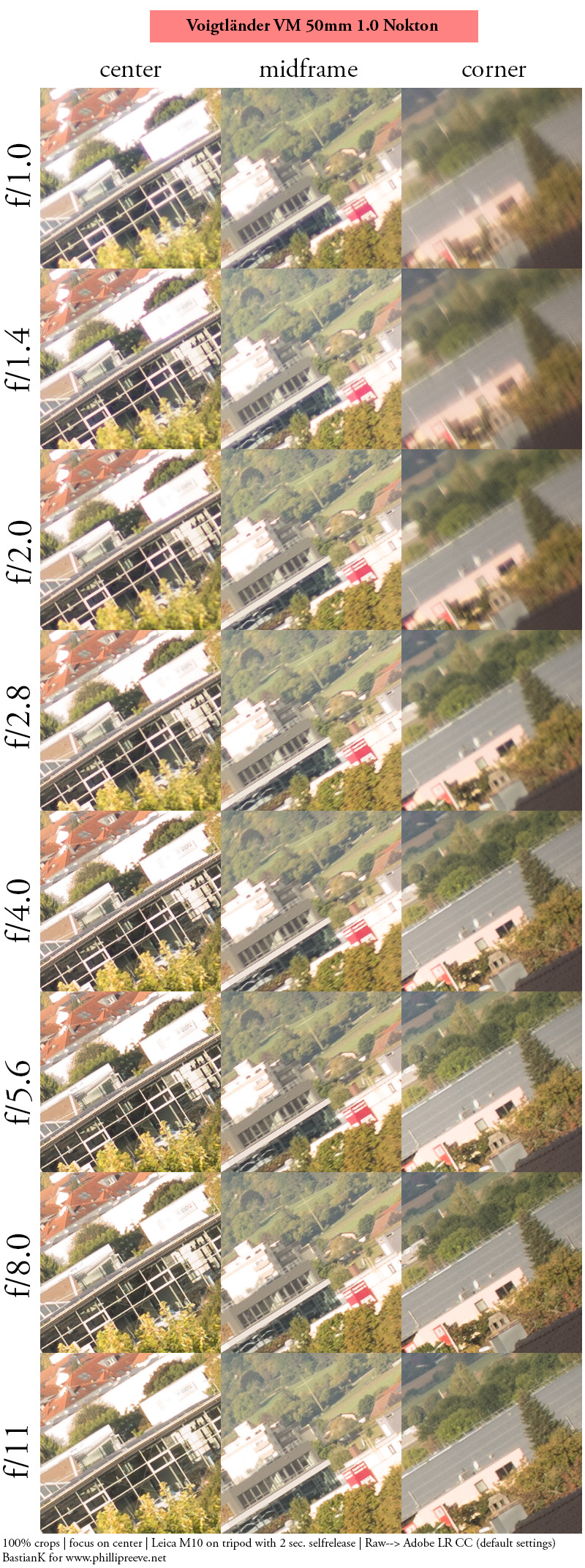

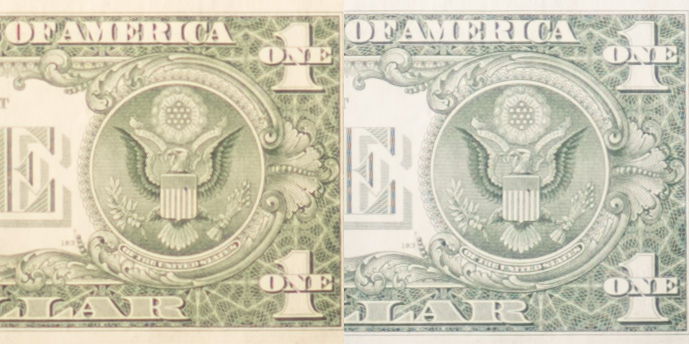
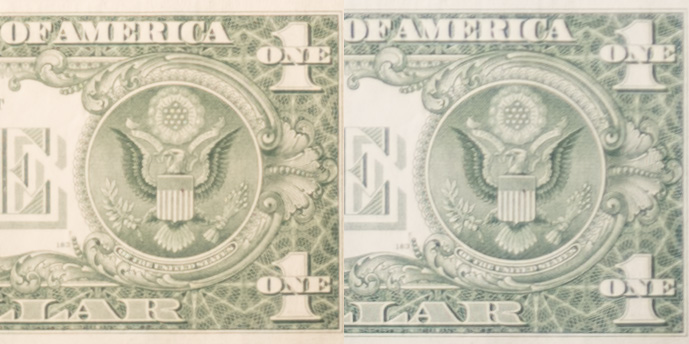
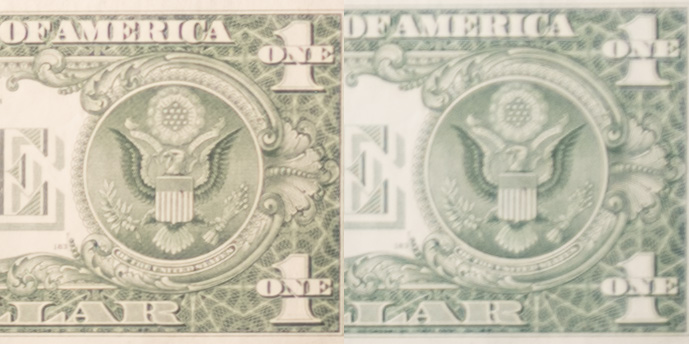

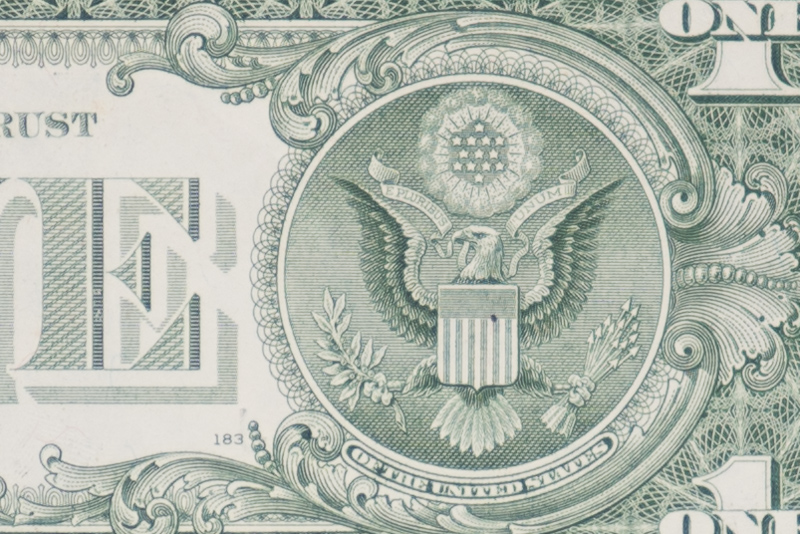

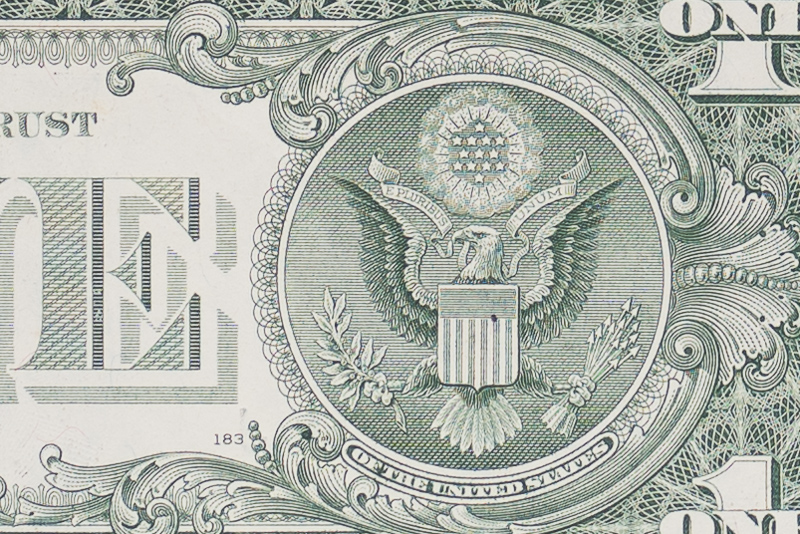
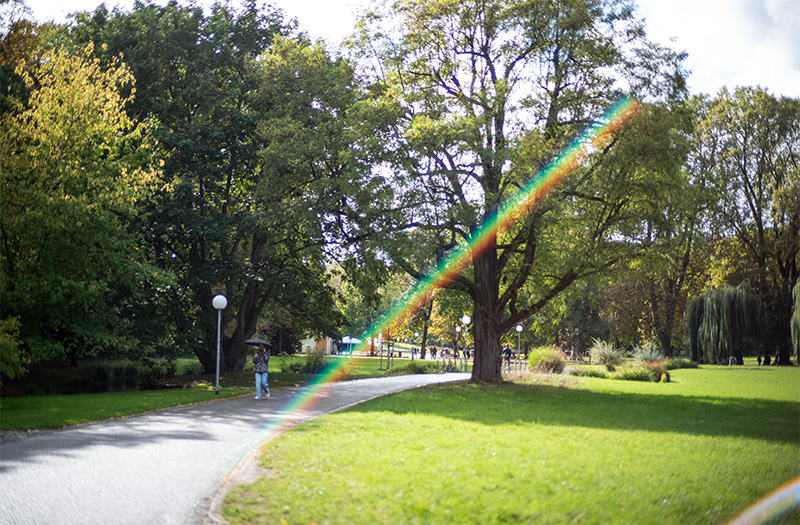
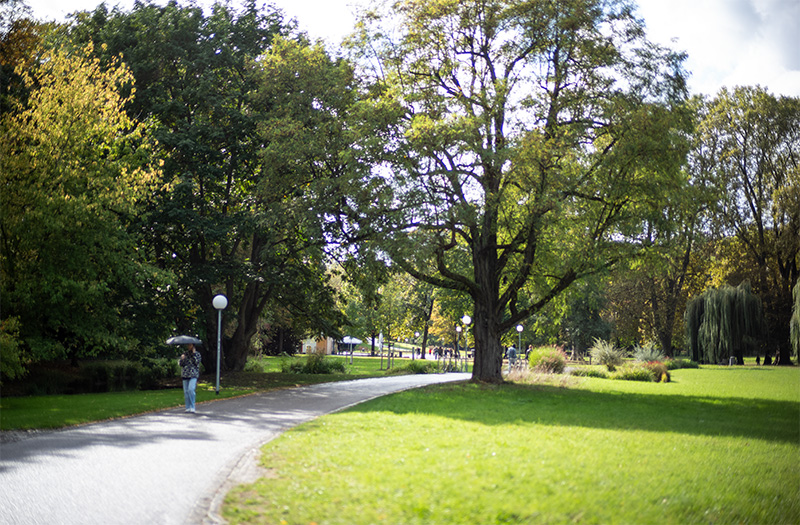
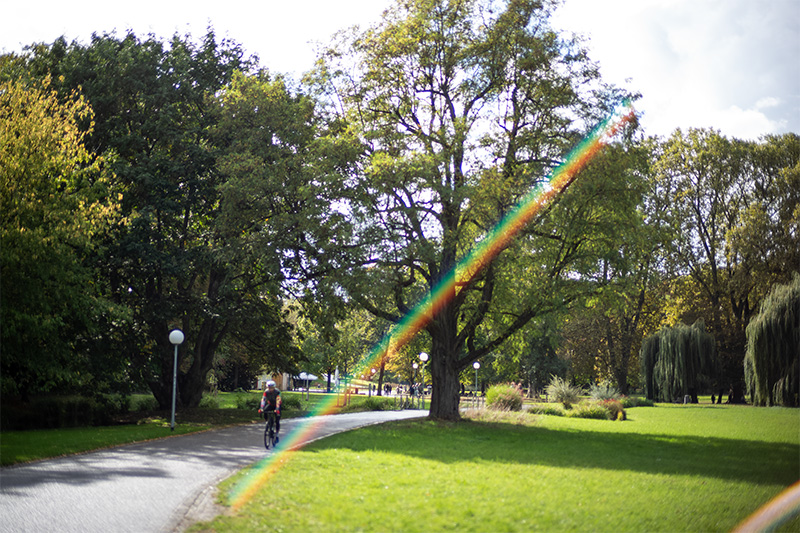
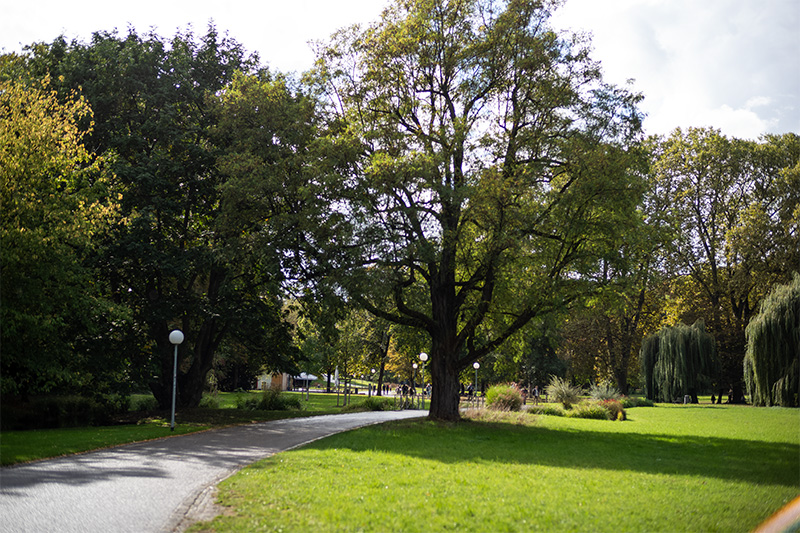
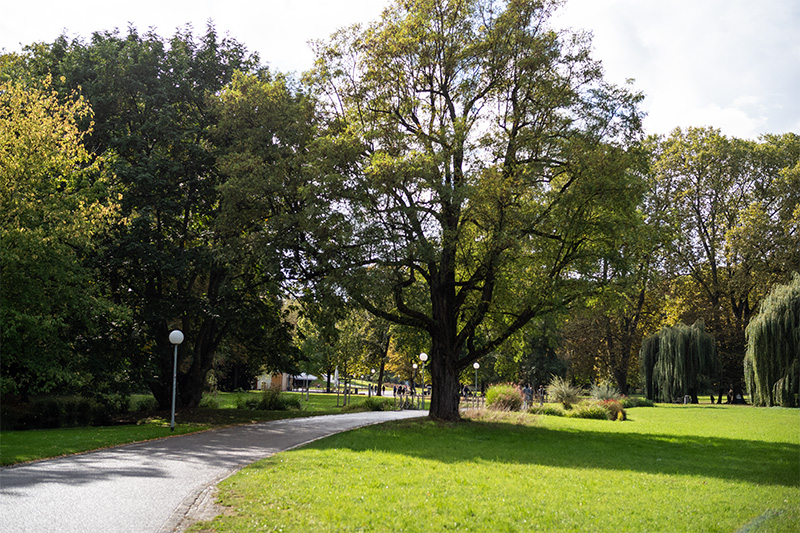
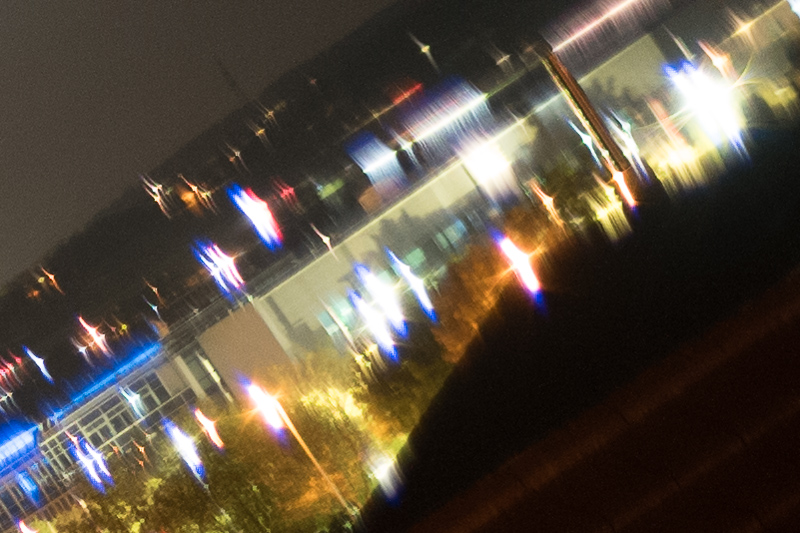

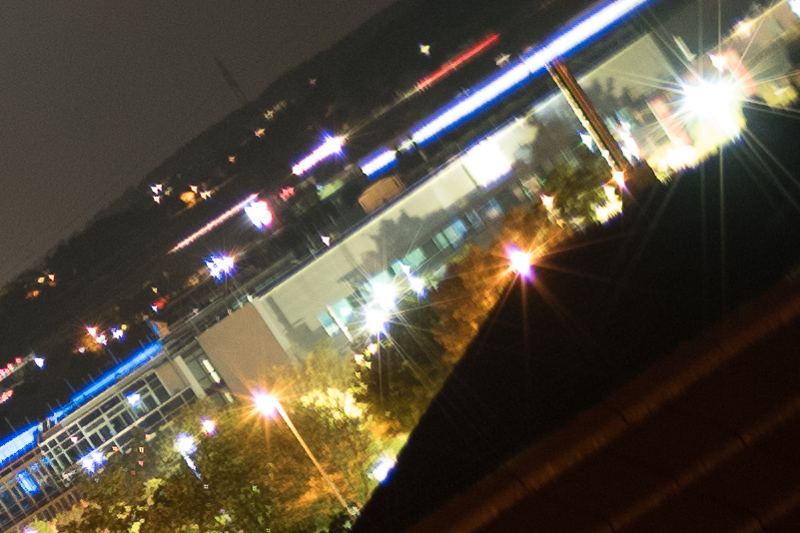
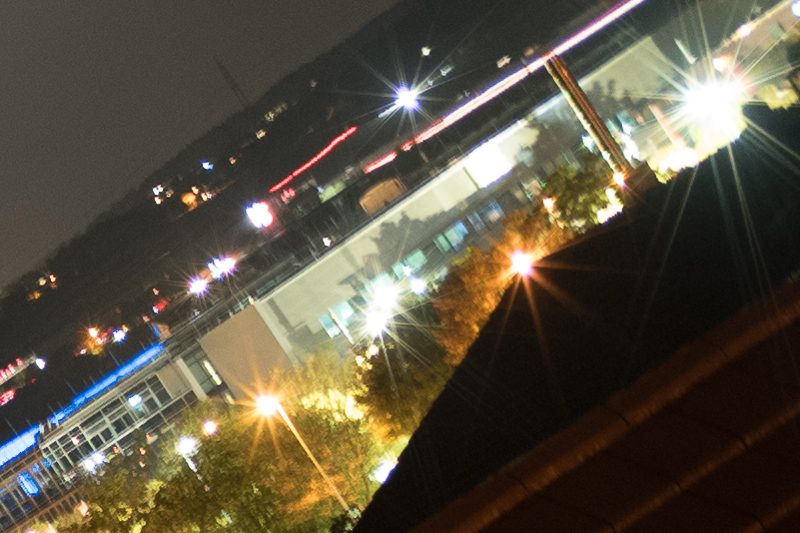
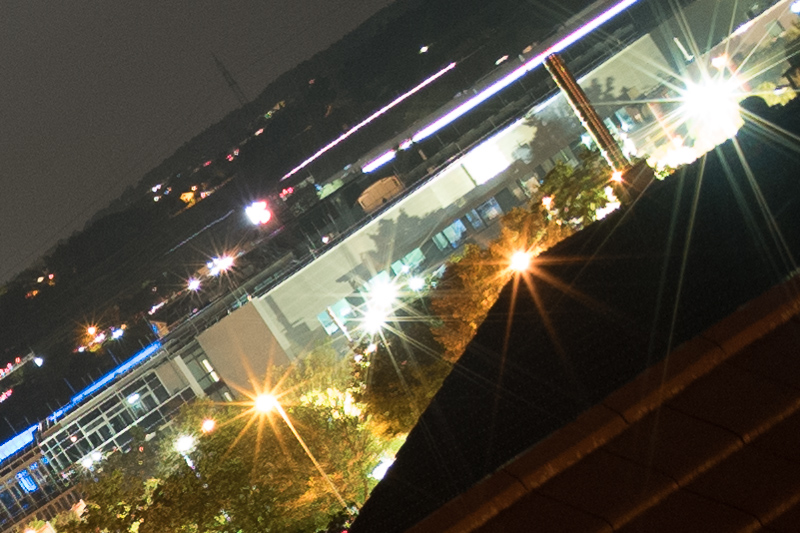


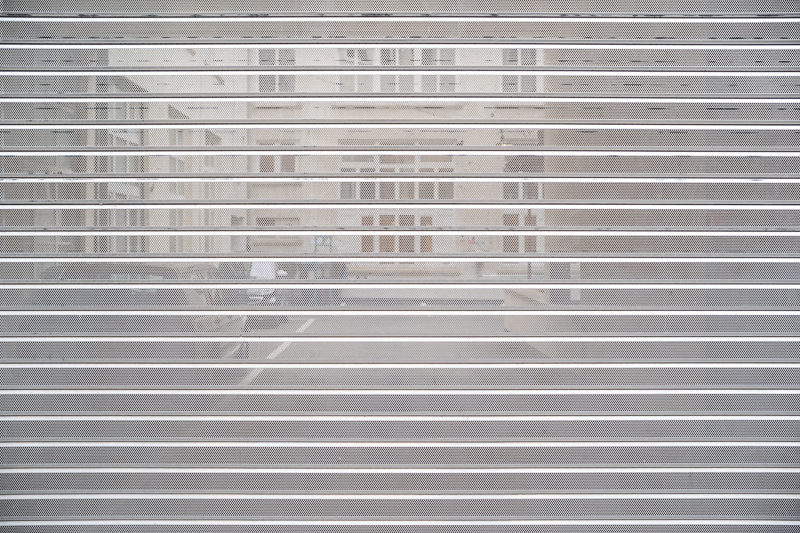
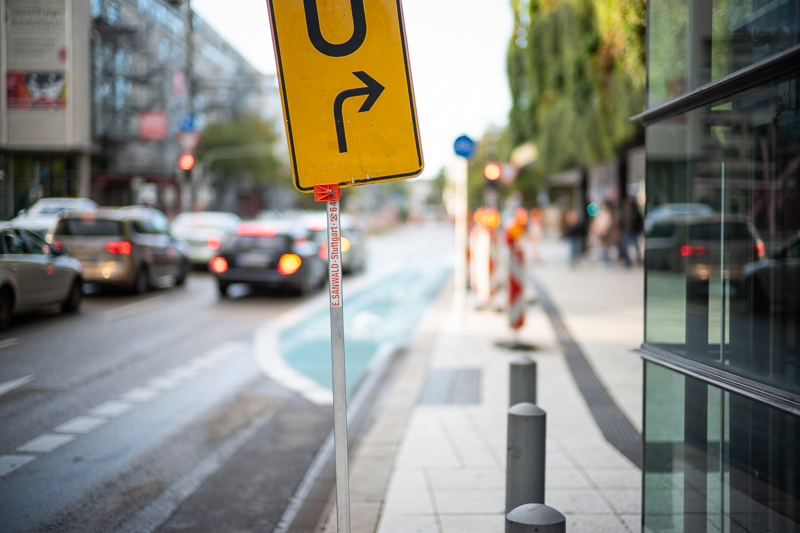
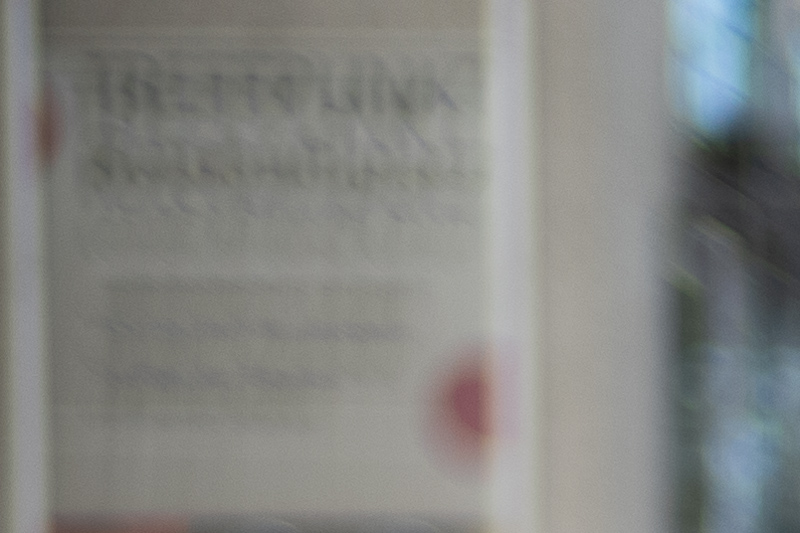
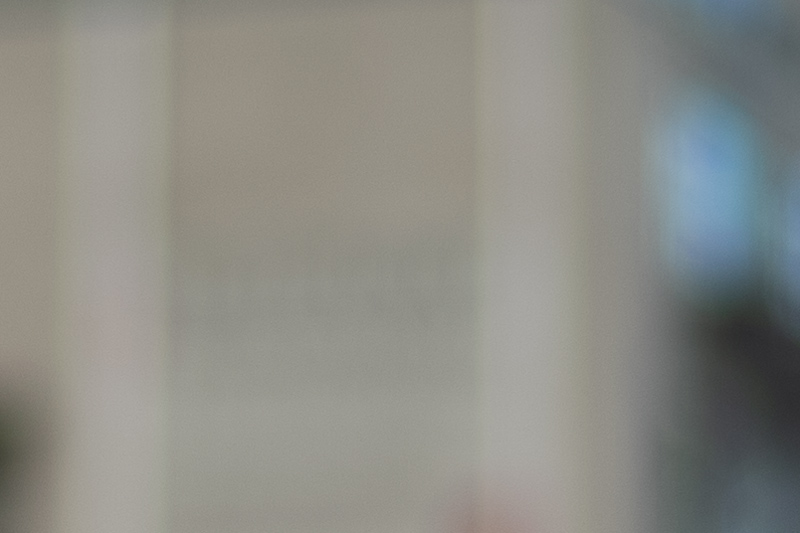



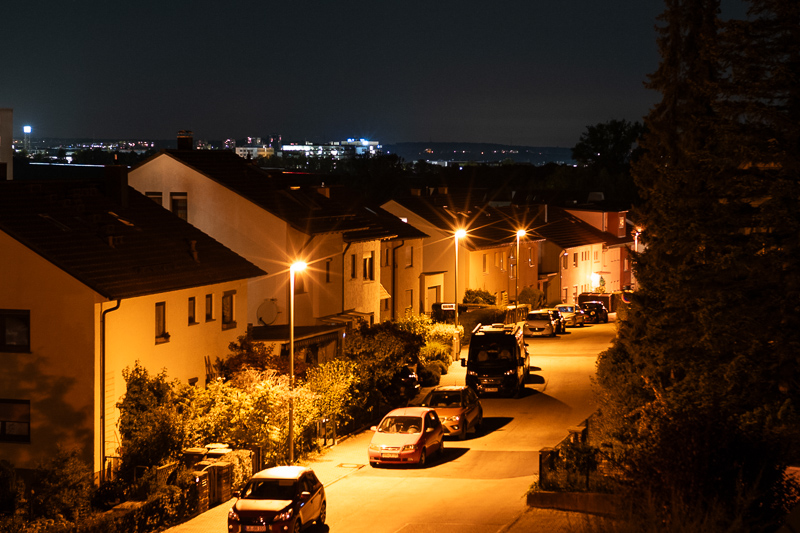
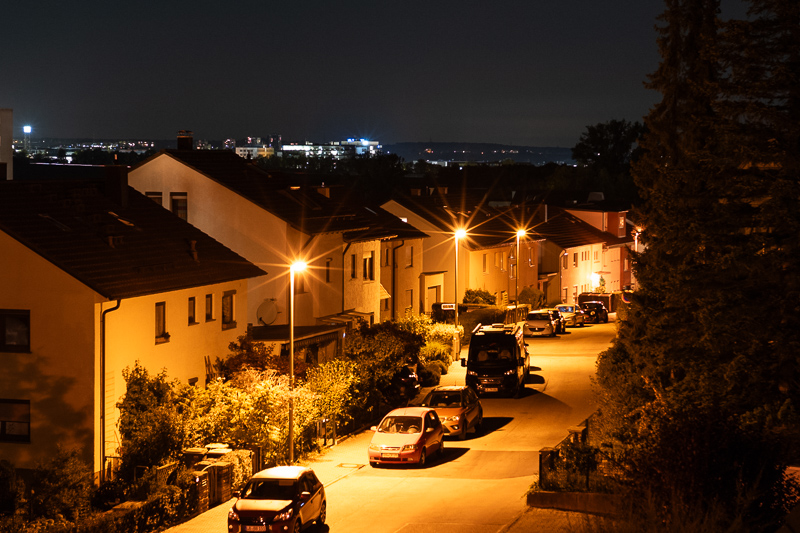
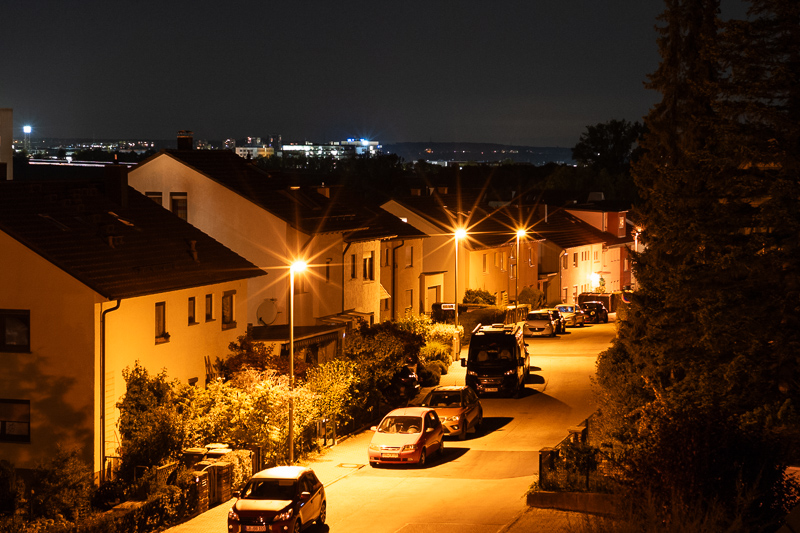
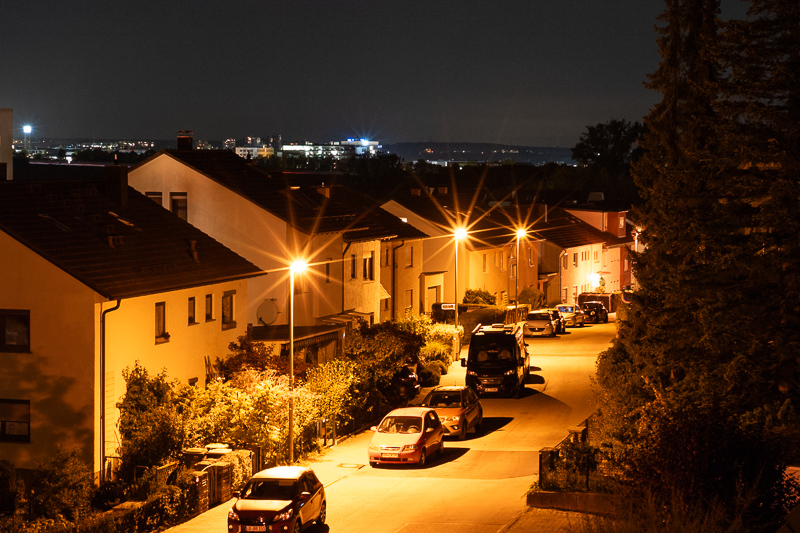




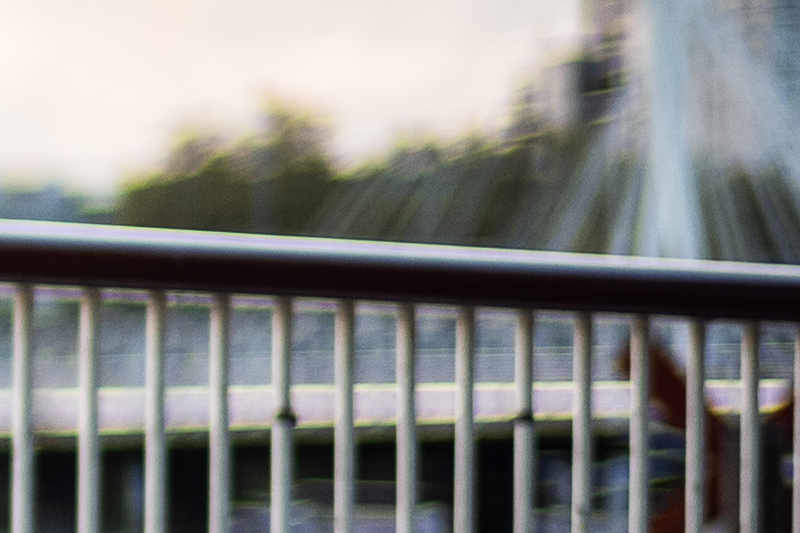
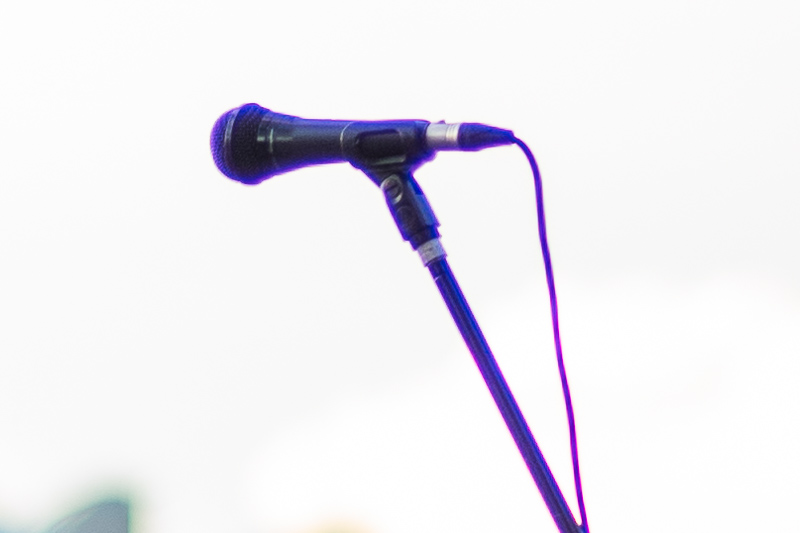
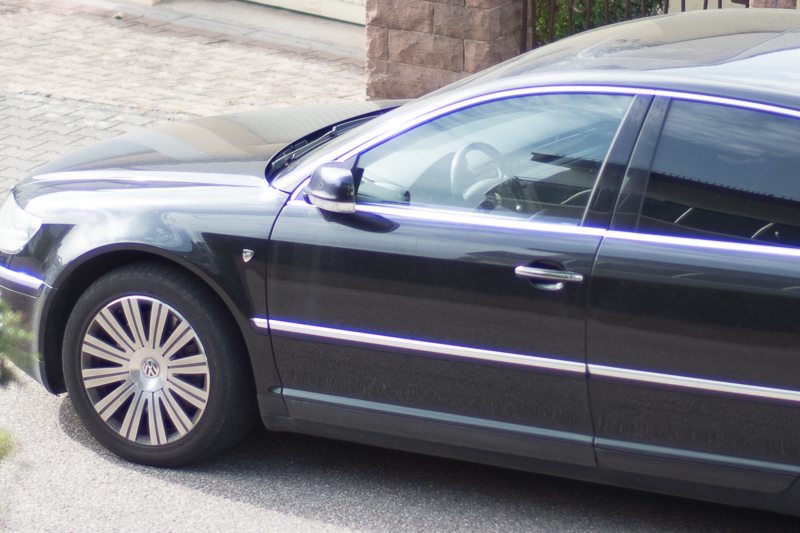

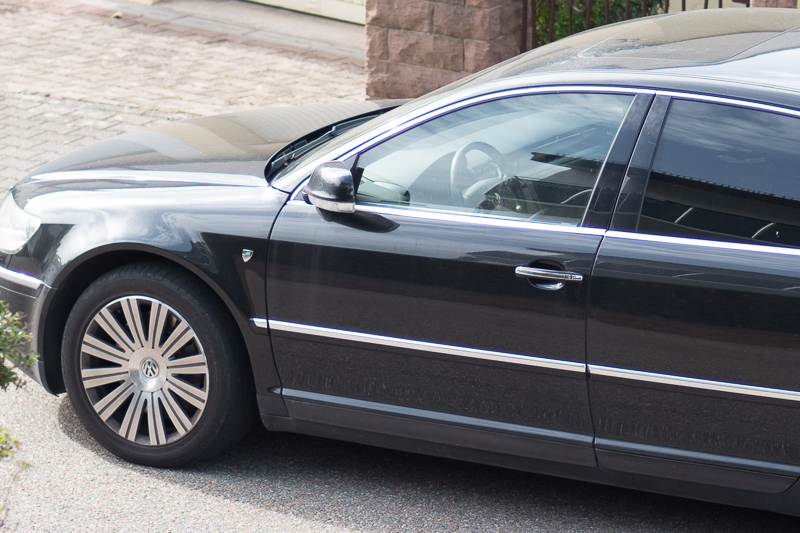
the bokeh certainly is interesting, I’m surprised in some scenes I would think are quite challenging e.g. the longer distance foliage it shines, but in scenes you wouldn’t expect to be challenging it falls flat on it’s face. it seems to me designers are running up against the limits of current mounts. perhaps when the shutterless mounts are released allowing for even closer flange distance we’ll be able to have flawless lenses faster than 1.2. overall extremely impressive lens performance given the limitations
Sadly, from everything I have seen so far, Cosina did not adjust the optical design for the Z and RF versions where much bigger rear element diameters would be possible.
The designs are not the same as the Z mount version focuses to 0.5m. I’m not a lens tester but I also can’t see the extreme vignetting the reviews for the M mount show.
As with other lenses with electronic contacts the vignetting will be corrected digitally if you don’t turn that off in camera.
That the lens focuses closer does not mean that the optical design is any different, only the helicoid is longer.
You can measure the diameter of the rear element. I would be greatly surprised if it was bigger than 27mm.
Such beautiful rendition 😍 I wonder if this is a keeper for you?
Ah well…
I really like it in some scenes, but I also really don’t like it in others.
While I still had the review sample from Voigtländer Germany I came across a store closing down for good,
offering 20% discount on everything, so I did in fact buy a sample of this lens there for myself.
Sadly, the 50mm f1.2 Nokton is not available for Nikon Z-mount. It’s only a bit more than half the price for the f1.0 Nokton and using it in the native Z mount would have the big advantage that the (in my opinion) extremely useful Nikon Zf feature “focus confirmation” (green focus rectangle in the view finder if the focus is spot on) would work. But unfortunately it doesn’t work for lenses without electrical contacts.
So I can either get the Nokton 50mm f1.0 at nearly $2000 or the rendering wise better and a lot cheaper 50mm f1.2 Nokton as Leica M version and adapt it to Nikon Z, but then I won’t have focus confirmation. Probably I’ll just wait and see, if the 50mm f1.2 Nokton will be released for Nikon Zf.
The 50mm 1.2 Nokton also comes as an E-mount version.
Did you consider using that one with a Sony-E -> Nikon-Z adapter?
I would guess focus confirmation should work with this combination?
I can confirm that the green focus rectangle works with Voigtländer (Sony E mount) adapted to Nikon Z, but not with every adapter. It works with Megadap adapter but not with Techart adapter.
I will in the near future make a review and comparison of Megadap vs Techart (Sony E) -> (Nikon Z) adapters. Unless you are in a hurry, you can wait and see how they work.
That will be very good to read 🙂
It does, Voigtlander E + Nikon ZF on Megadap
If you get the ttartisan 6 bit M to Z adapter you will get the green focus confirmation box. You can also leave it in afs and afc and trap focus. If you get one to use on the Zf, make sure you have the latest firmware or it will not work.
Don’t forget that subject recognition works on all manual focus lenses on the Zf including non-CPU lenses. While not the same as the green focus confirmation, it is very useful for portraits and other subjects.
I have the M-mount f/1.2 version and use it on my Z6 with a Megadap MTZ11, which is a bit slow and clunky (Techart makes an AF adapter also which may be better), I’m pretty pleased with the AF speed and the image quality from this lens are very good on the Nikon Z body, there is a significant improvement in the mid and corner sharpness on the Nikon Z vs. Sony (with thicker stack) since the Nikon has a thinner sensor stack. Also as others are saying you could use the ttartisan 6 bit M to Z adapter if you prefer to be fully manual with electronic contacts to get the Zf focus confirmation box.
Hey Bastian,
thanks for the interesting review! Just out of curiosity (sorry if you already mentioned it):
Is the background blur / Bokeh (Balls) stronger, too, if there’s a higher relative transmission of light, or does it mainly (or only) depend on the f-stop itself? Thanks!
The f/stop defines the amount of the background blur, whether the actual light transmission is ideal (a theoretical lens with zero transmission loss) or worse than that has no effect here.
Bastian, You are so damn HOOOOOT!
I am already married, sorry 🙁
Nice review(s) Other -expensive contenders would be:
Nikkor Noct 58 mm f1.2 AI/AIS [which Ibought for 389 DM in 1998 and sold for 3000 Euro 7 years later (AI version) ]
Canon 55 mm f1.2 Aspherical
Canon FD 50mm f1.2 L
Canon FD 50mm f1.2 (I own one currently 150€ 2022, it’s certainly not bad as long as you don’t use it for astro)
I suspect those lenses with a few elements are transparent as well and T stop will be close to F-stop.
The new Noct 58mm 0,95 is too crazy weight price 😉
Bonjour,
Very interesting all those fast 50mm, but in most cases you have to stop down a bit to get the desired sharpness.
I’m curious to know how these lenses compare to the Sony GM 50mm f1.2 and f1.4, and even to the FE 55mm f1.8 and the Voigtländer 50mm f2.0 Apo Lanthar which is perhaps sharper then the Noktons?
For you is there no need to update for a 61MP body?
You do not need the more sofisticated AF I guess, but the 61MP body is more demanding for lenses…
If there were sharpness charts created from a 61mp camera, do you think that would lead to people buying more stuff through affiliate links, enough for that to cover the cost of a 61mp body?
I don’t think so, so from an economic point of view it makes zero sense for me to buy a 61mp body.
Apart from that, you can clearly see the sharpness differences on the 24mp M10 as can be seen from the 50mm comparison.
We are not sponsored by Amazon or a big reseller or the manufacturers, the cameras we use we had to buy from taxated money we get from our real jobs.
Except for the M10, I won that in a competition. And I would have never paid the asking price for that one.
I do appreciate your economic point of view, and are acting the same, but you are also a reviewer, so I could imagine you would like to try everything.
Excuse me, I did not have the intention to affront you. Do appreciate your reviews, and thank you for them.
Not taken as an affront, just wanted to share some “business” insight 🙂
Super useful and thorough as always. I have been wondering about this lens for a while for my Z camera. I am torn between its uniqueness and the AF convenience of the Nikon’s 50mm f/1.2 (which on the other hand is massive).
That looks surprisingly capable. Thanks for your review!
The fastest lens for M Mount is surely the Experimental Optics 50 mm f/0.75, though?
That lens can only be focused between 1 and 2 m. It is a complete joke, trying to lure uneducated buyers in spending a lot of money.
As is the case for many Kickstarter campaigns, sadly.
Wonderful review and pictures as usual. I see that in the meantime the lens has been released in E-mount, supposedly optimized for the thicker filter stack. Are there any plans for a review? Would be interesting to see specifically for the sharpness and field curvature I think.
PS: A better question might be if I’m nuts to even consider this lens since I already have and enjoy the 1.2 version, but those very contrasty subjects wide open are really impressive.
PPS: Please don’t answer the last question. Nor tell the wife.
Cosina only made minimal alterations to the optical formula.
I don’t think the “new” E-mount version is a very desirable lens.
Get a Sony FE 50mm 1.2 GM for the same price, you get way more bokeh with that one outside of the central part of the frame, less field curvature, great AF and better flare resistance.
Currently there are no plans to review the E-mount version.
Thank you very much Bastian! I think your reply already provided the information I was looking for.
Bastian, I am looking for the information on Z mount version, when compared to this. Can I expect a similar performance overall?
From what I have seen a little worse but generally similar. 96% same I say.
Regarding the Nokton 50/1 used with TechArt Pro LM-EA9:
On the Sony A1 it works good also at f/1.0 without hunting. You should try the mode for “wide open” lenses, that can be set with a shot at f/57. If that does not help on your Sony A7RII, perhaps the improved AF of the Sony A1 can manage that better.
Hi Bastian,
I was curious to know whether you have had a chance to test it with techart adapter either on Sony or Nikon Z. Could it be an alternative to the very bulky (especially the Nikon Z one) 1.2 options there?
Thank you (and team) for your helpful reviews!
No, it is too heavy for that, it is a lens with floating elements and the AF performance will not even be remotely close to the native options.
Have any Nikon shooters that have tried Nokton 50mm f1.2 on Z mount?
I was thinking combined with the 50mm f1.2, the Megadap ETZ21 Pro+ might make a worthy competitor at a similar-ish price (and about 100 grams less in weight). I would be interested to know your thoughts. Any image issues with the combination or anything else?